Rome gets an undeserved bad rep, I think. Yes, it’s probably one of the most touristy destinations you might ever visit. And yes, it’s difficult to walk anywhere in the center of Rome without getting a selfie stick or restaurant ‘tourist menu’ shoved in your face. Despite these things, Rome is an absolutely amazing city – a city seeped in ancient history where you can’t help but feel awe-inspired by the architecture around you. I think there’s a romance to the noise and chaos of Rome. And also, a little bit of magic in the air. Read this ultimate ‘mini’ guide to Rome to find out my favorite area to stay in, what sites you can’t miss, and most importantly, where to get some amazing Cacio e Pepe. Oh, and gelato. You can’t miss the gelato! Here’s an itinerary for tackling Rome in 48 hours.
Related Post: A Foodie’s Weekend Guide to Emilia-Romagna
Related Post: Venice: A Photo Diary


How to Get to Rome
There are 2 main airports that service Rome: Fiumicino and Ciampino. Fiumicino is much more convenient for traveling to Rome – there are several frequent buses that take you directly to Rome Termini station. You can also take the Leonardo Express to Termini. The buses typically take 45 minutes to get to the city center. Buses to the city center are also available from Ciampino airport, however, because it’s a smaller airport, the queues can get quite long and the buses don’t run as regularly. Personally, if you’re flying into Ciampino, I would hire a car (particularly if you’re traveling on a busy weekend or late at night).
Where to Stay in Rome
My favorite area to stay in is Trastevere. With it’s labryinth-like streets, bohemian spirit, and countless ivy-covered trattorias…it’s hard not to fall in love with the area! The neighborhood comes alive at night, where diners (both tourist and local) flock to the many amazing cafes and terraces in the location.

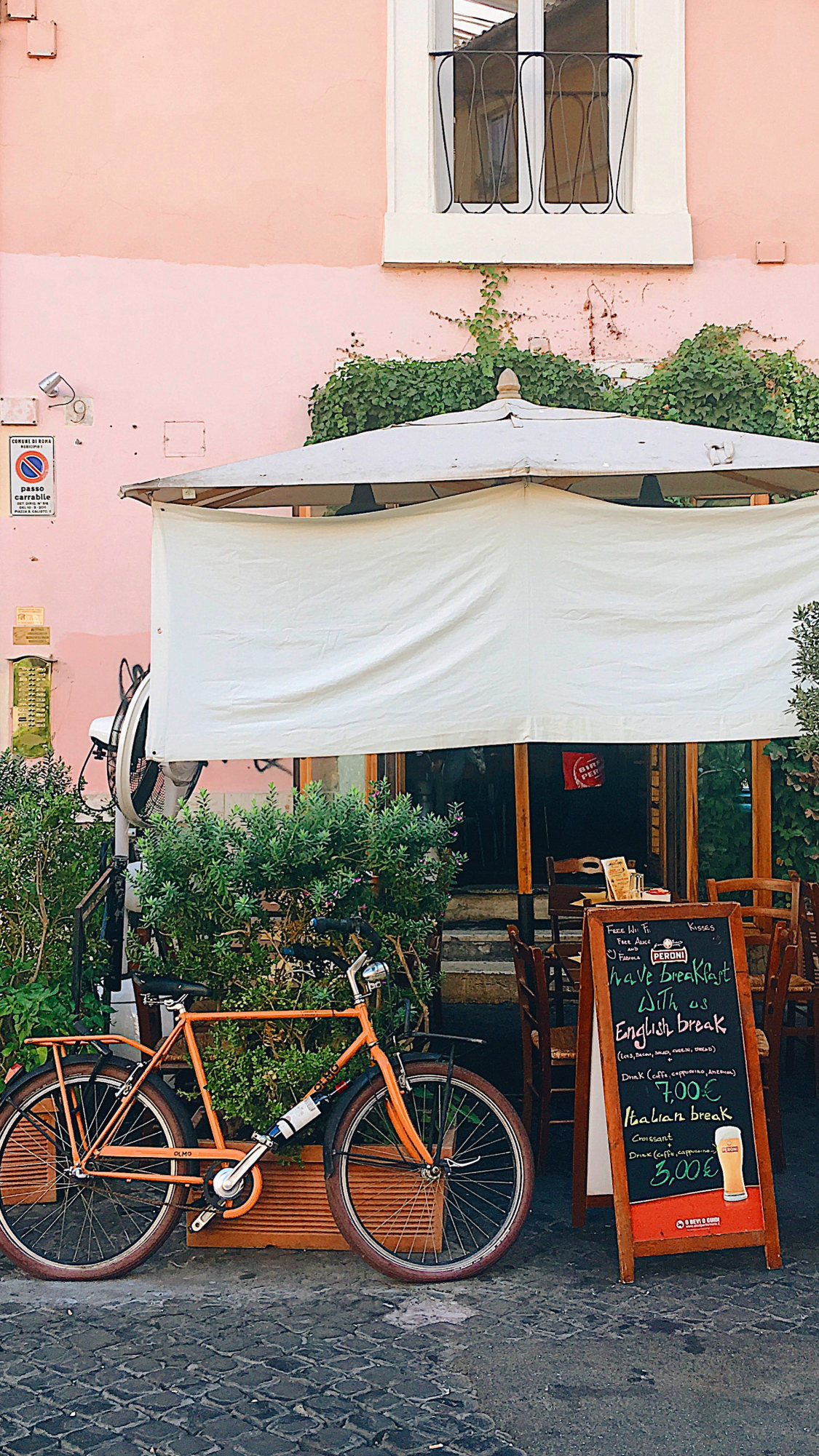


A good value option is B&B Suites Trastevere. This charming B&B is located in a quiet part of Trastevere (just a 5-10 minute walk away from the buzz) and features a handful of rooms, each beautifully painted to represent a famous Roman site. They serve a good breakfast in the mornings (think pastries, cheese, salami, and fresh fruit), and guests are welcome to use the kitchen freely.
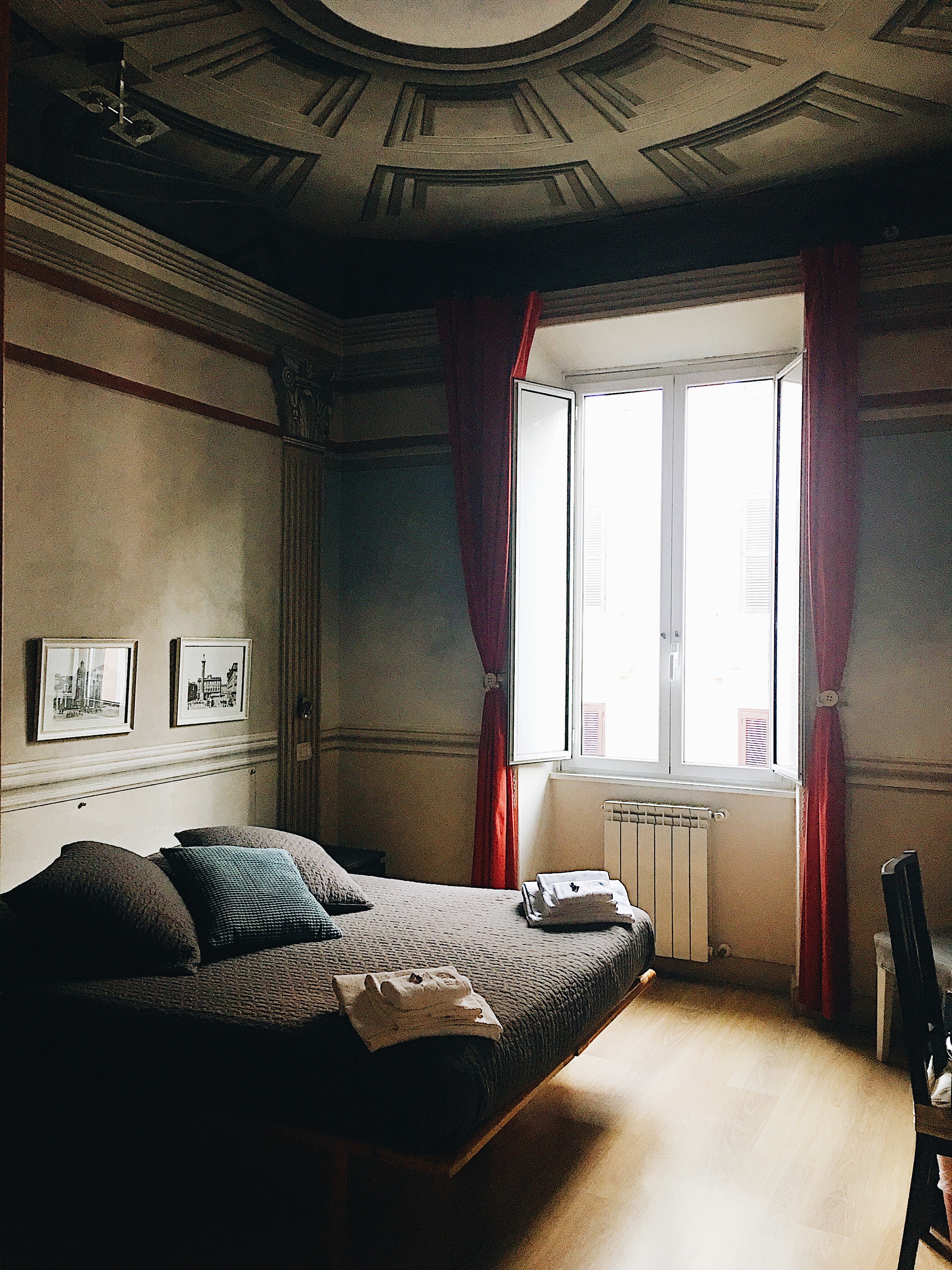
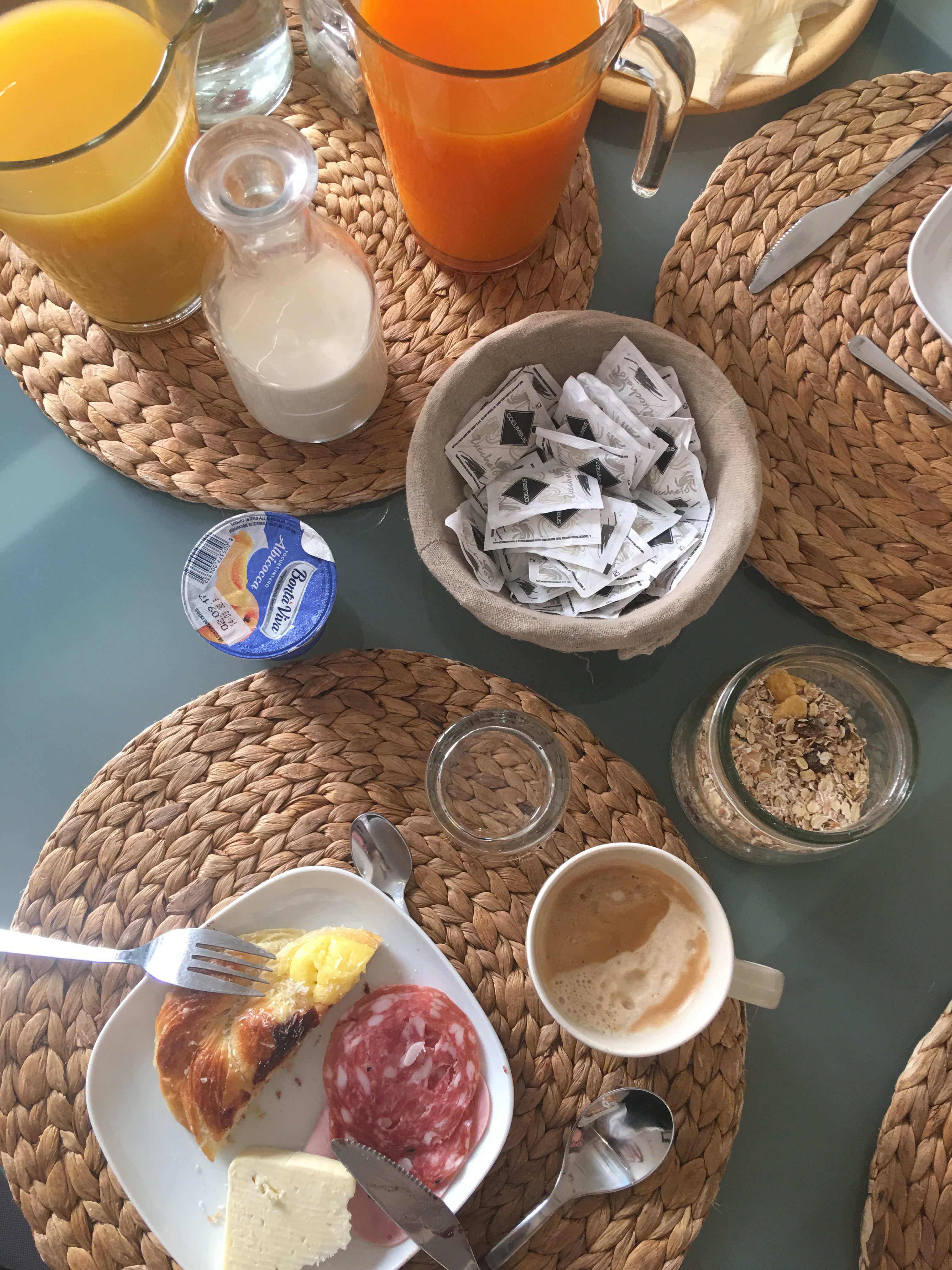
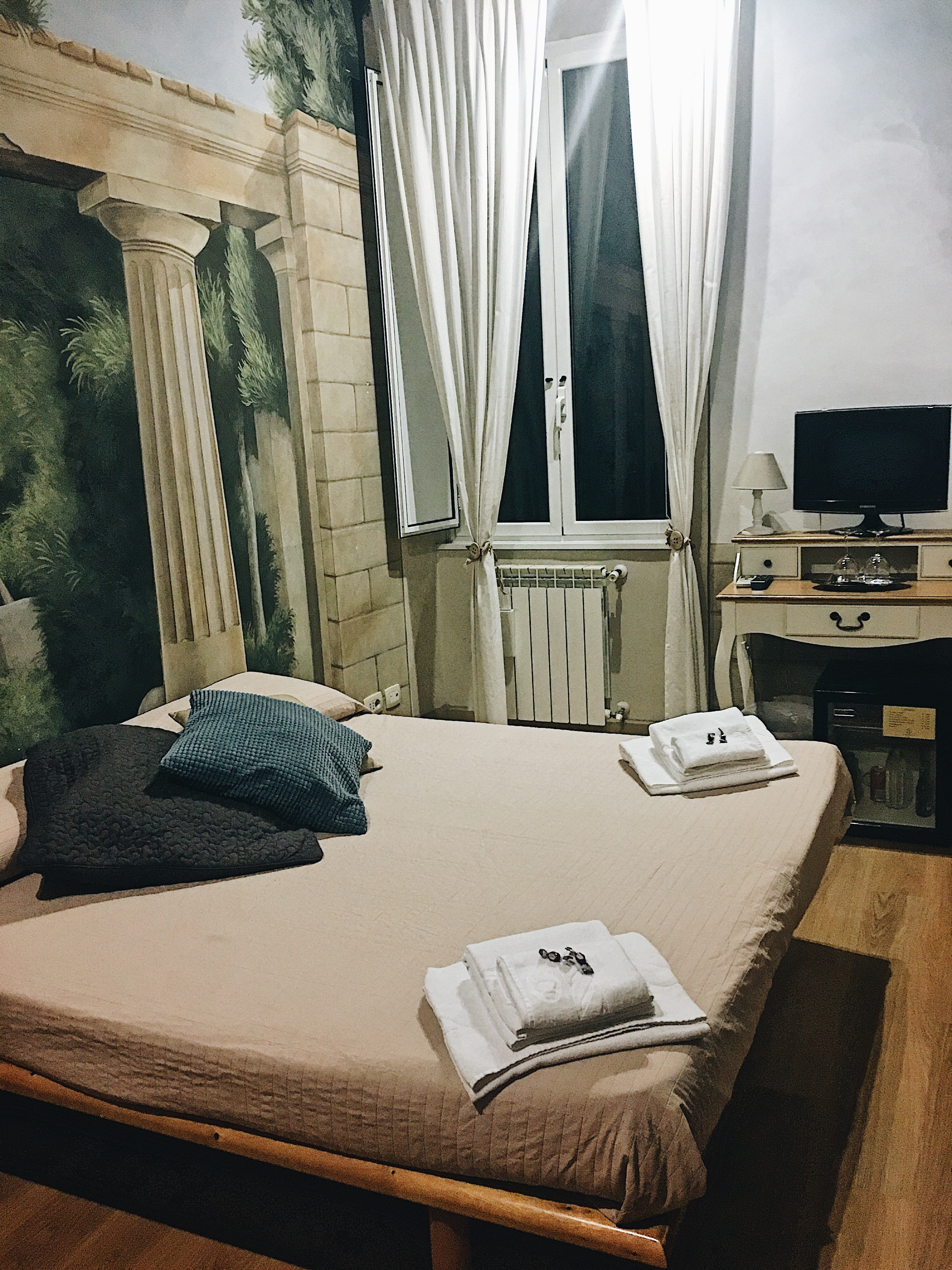
Another good option is the Trilussa Palace Hotel. The rooms are basic but clean, and they offer a wonderful buffet breakfast spread in the main dining room in the morning. They also feature 2 lovely and affordable spas.
What to Do in 48 hours in Rome
Vatican City
Okay, technically this one isn’t in ‘Rome’ as the Vatican is it’s own city. Visit Vatican City, a city-state surrounded by Rome and the headquarters of the Roman Catholic Church (it’s also where the Pope lives). Here, you can visit the Vatican Museum, Sistine Chapel, and St. Peter’s Square and Basilica.
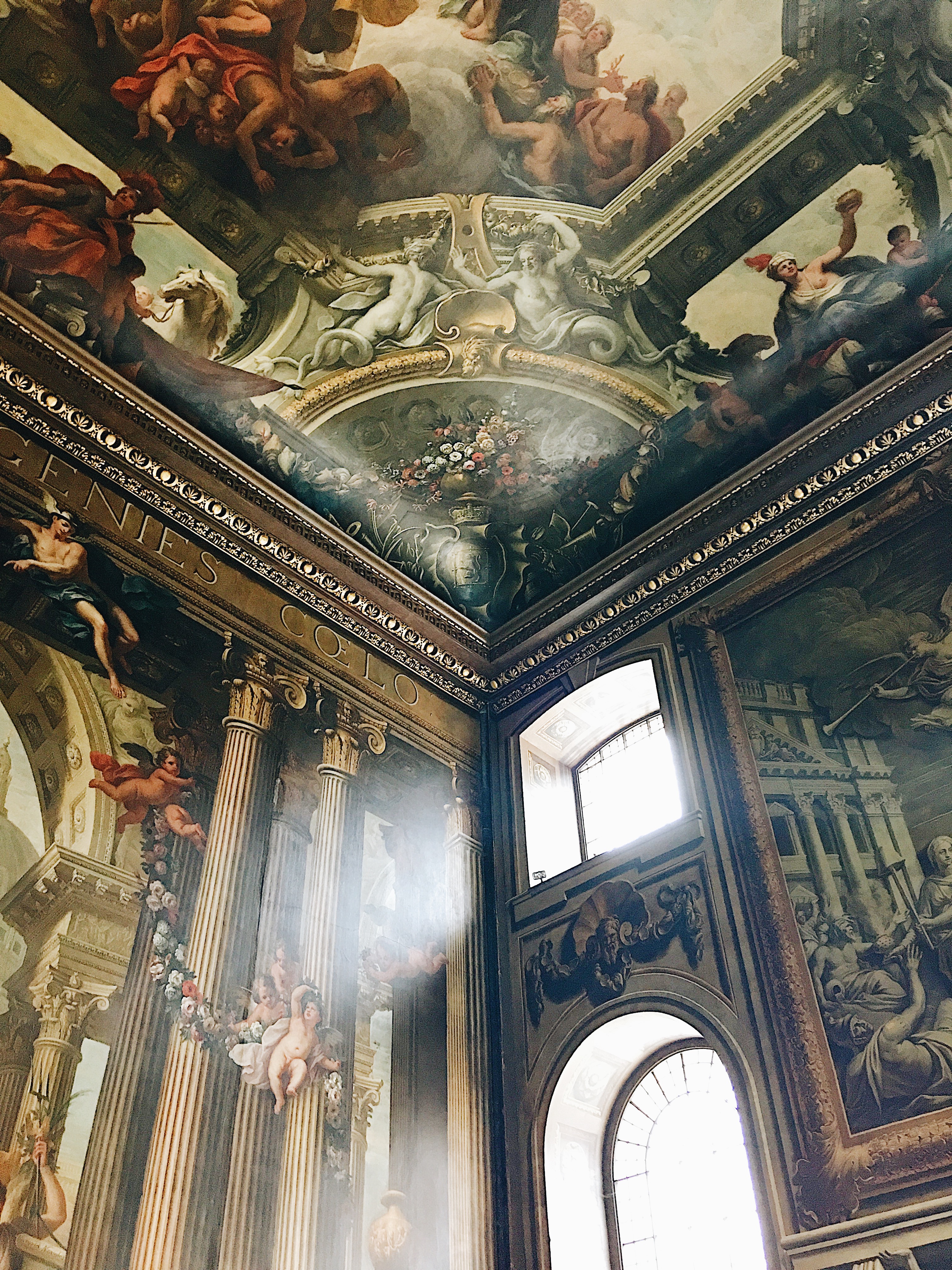
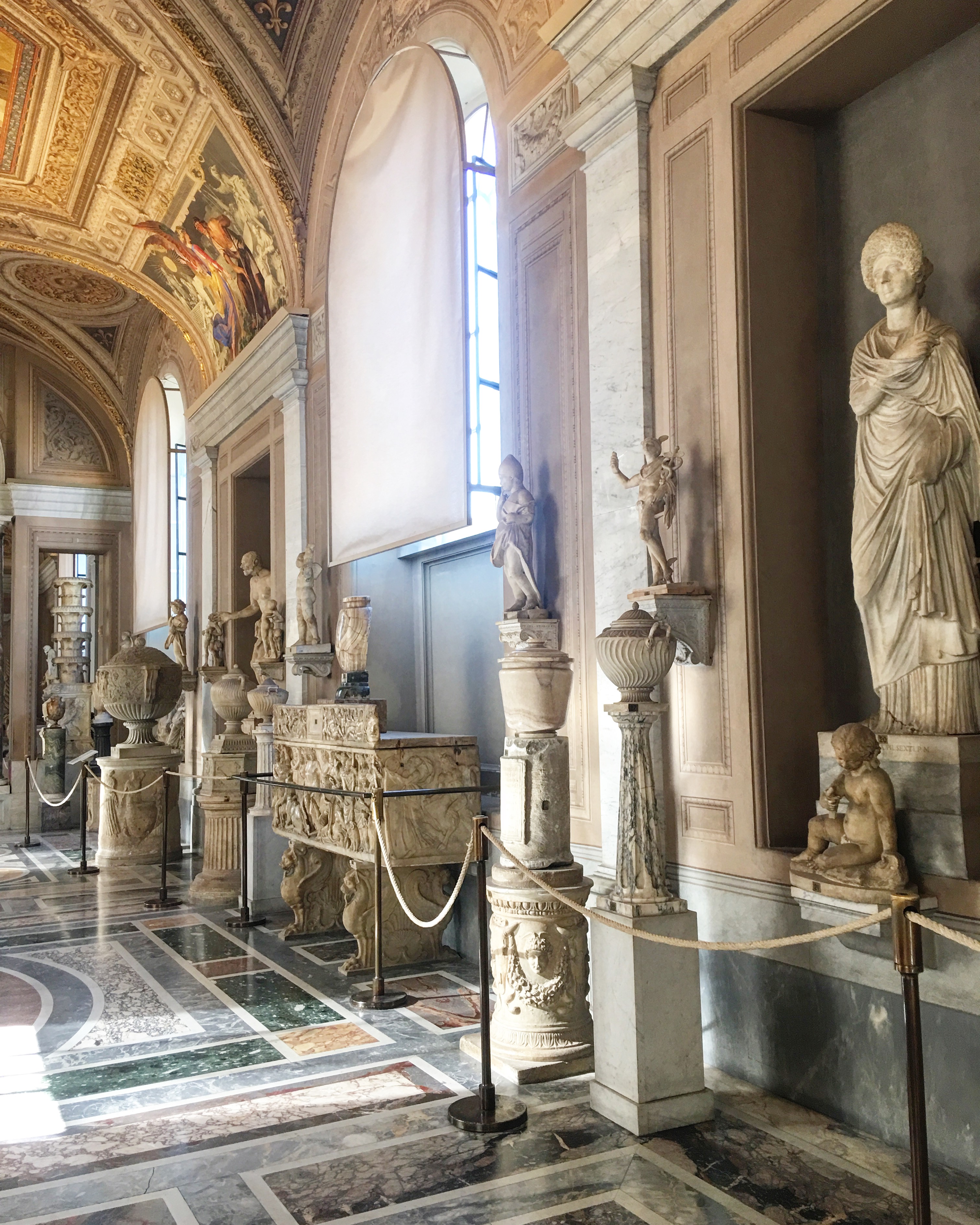


My favorite part of the visit to Vatican City was climbing up the dome of St. Peter’s Basilica. It costs money (6-8 Euros per person) and requires walking up 551 steps, but the views are spectacular.
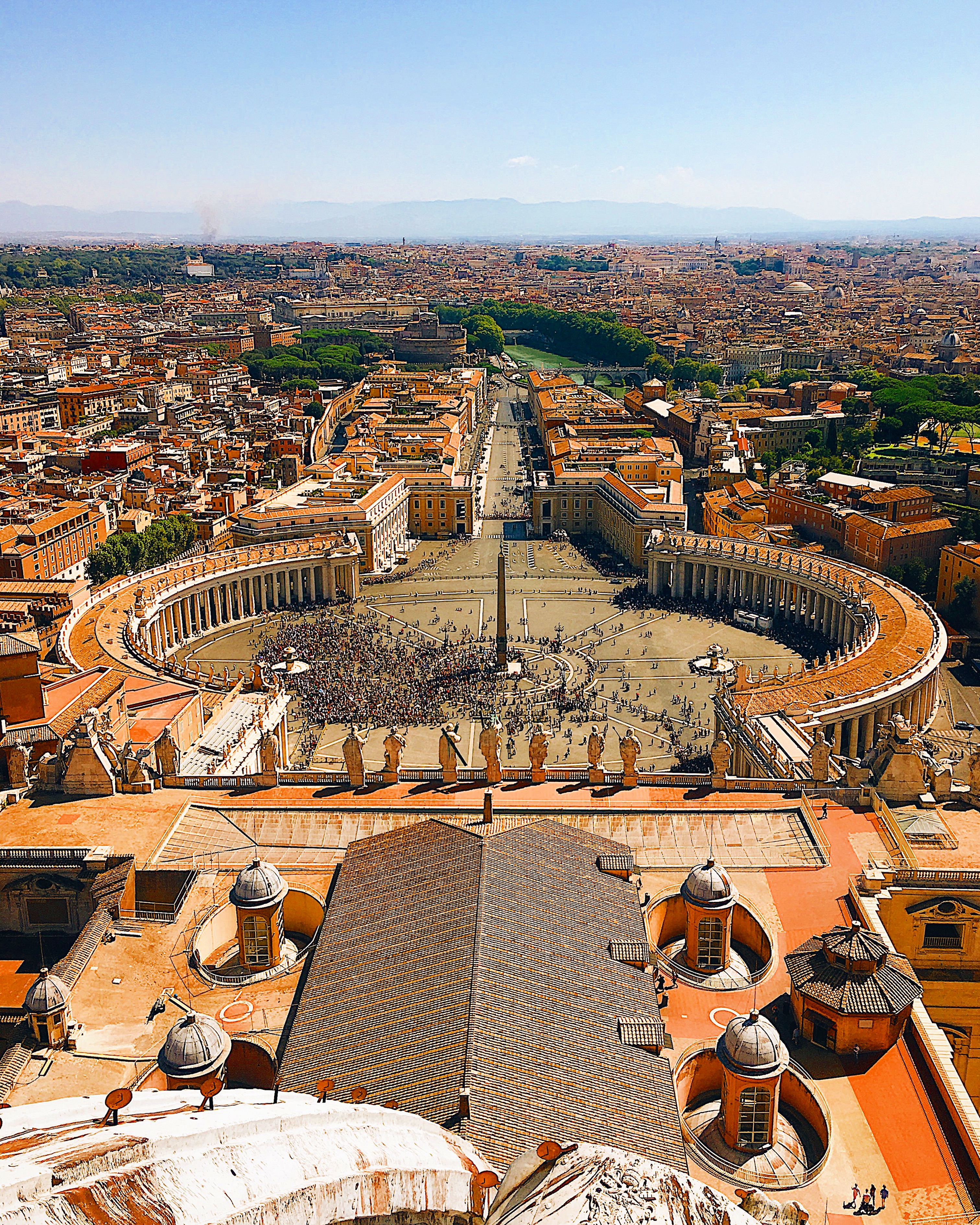


The first time I visited the Vatican Museum it felt a bit like sheep being herded (it can get VERY crowded and hot). This time, we visited the Vatican Museum and Sistine Chapel right when it opened (note: this required waiting in line for an hour before opening time) and it was a completely different experience. It’s amazing how having some space and quiet can make everything better. I felt like I could appreciate the works of art and history so much more.
TIP: Shorts and sleeveless tops are not allowed in St. Peter’s Basilica and the Sistine Chapel, make sure to bring a sweater or scarf to cover up.
Centro Storico
Rome is a very manageable city as most of the major attractions are located within walking distance in the Historic Center (also known as Centro Storico). The buildings in this area are typically between 2000-3000 years old! Reserve a day in your itinerary for tackling this area and hit up the can’t miss spots including the Trevi Fountain, Spanish Steps, Pantheon/Piazza Navona, Colosseum, and Roman Forum.


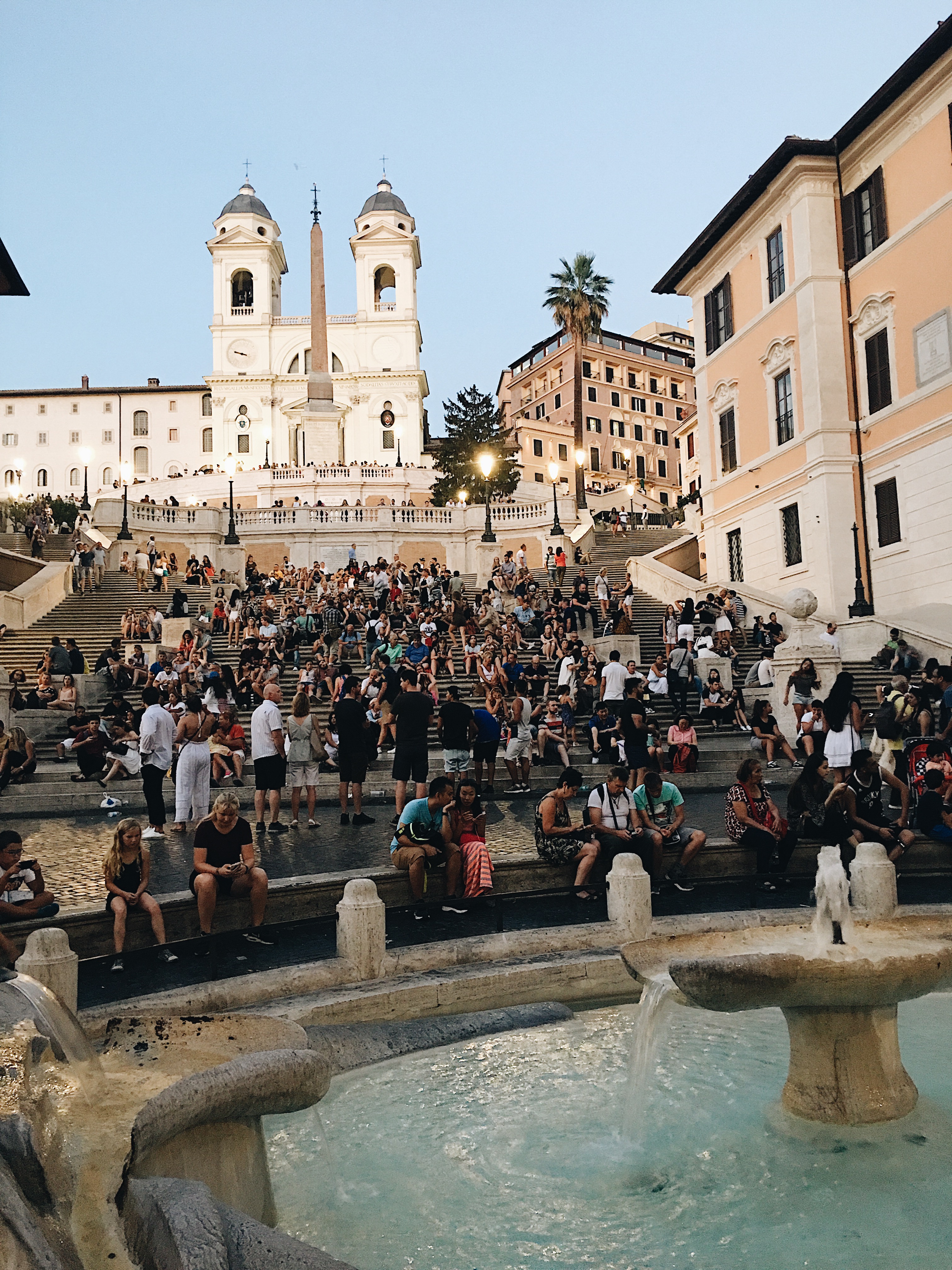
Trevi Fountain
Legend has it, throwing a coin into the Trevi Fountain ensures you’ll return to Rome. Two coins will help you find love. And three coins means…wedding bells! Apparently, the Trevi Fountain generates 3000 Euros a day!

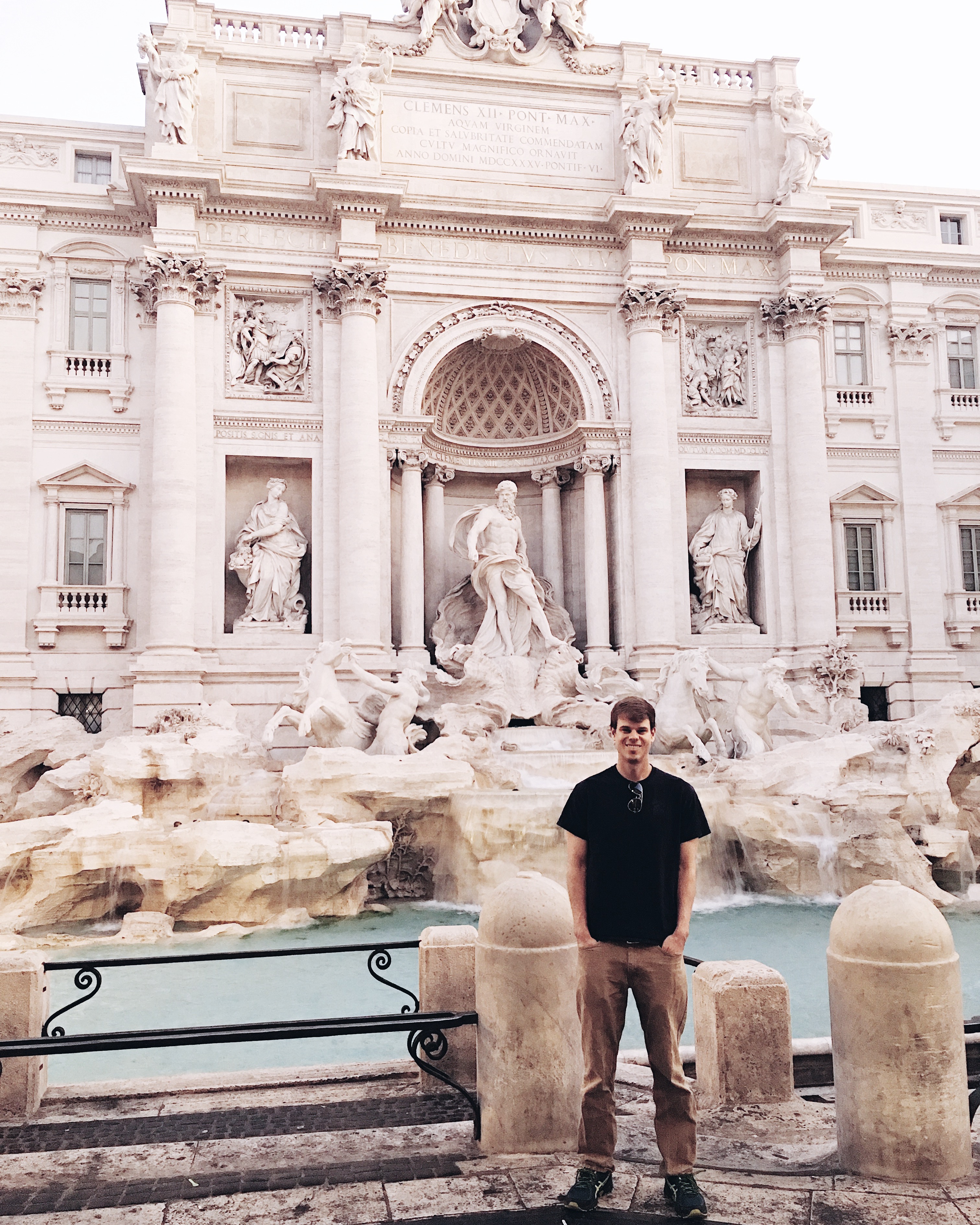
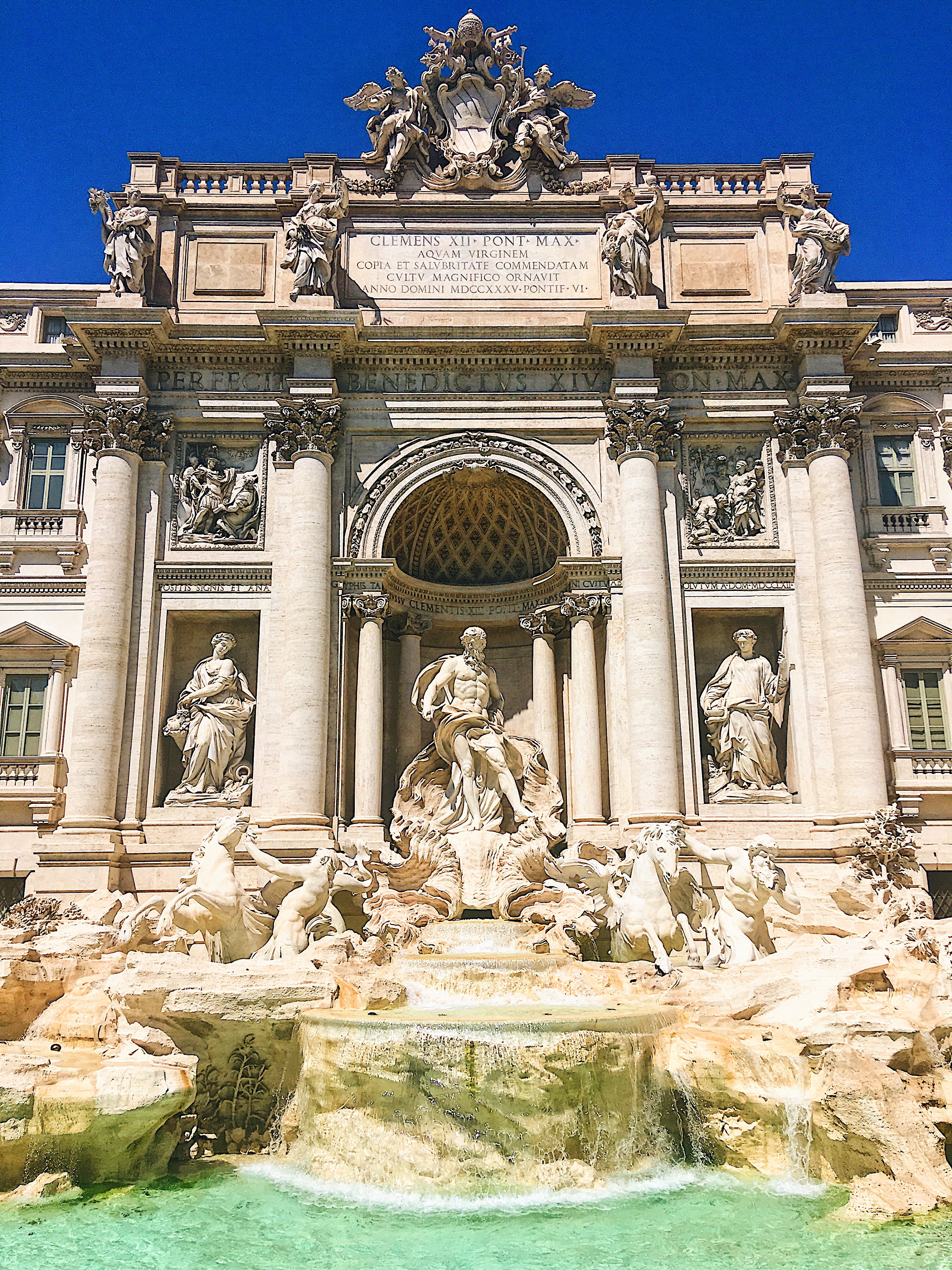
TIP: I highly recommend visiting the Trevi Fountain first thing in the morning. It’s typically the most crowded of spots (it’s absolutely beautiful but there is limited space around it). We went around 6am and were able to have the Trevi Fountain all to ourselves.
Colosseum
Did you know that the Colosseum is the largest amphitheater in the world? It’s one of the greatest engineering works in history, and can hold up to 50,000 people. The first gladiator games in the Colosseum were held in 80AD by Emperor Titus. It’s hard to imagine now, but the lower cells used to be filled with water to allow for ‘mock’ naval gladiator battles! That would be a sight to see!
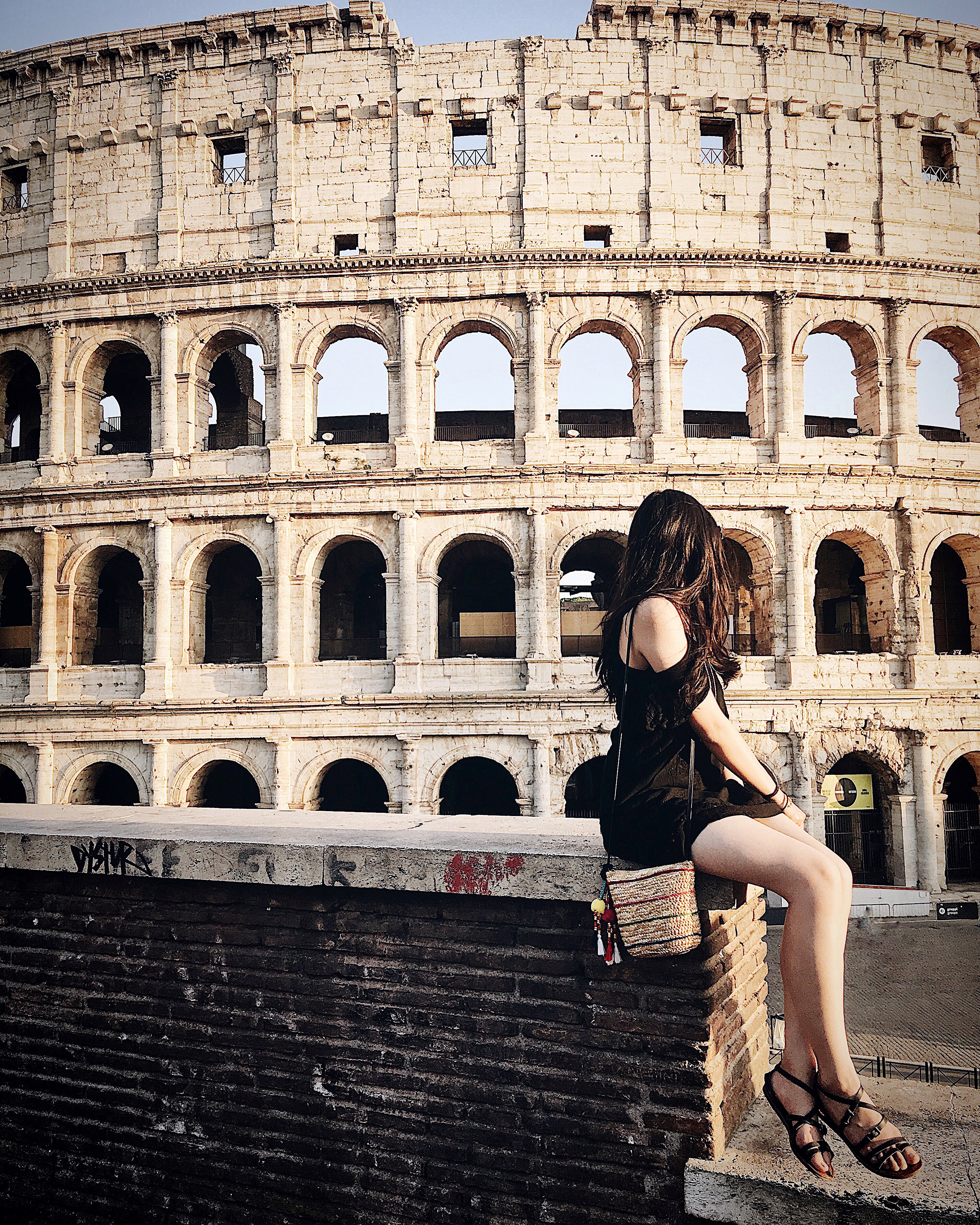
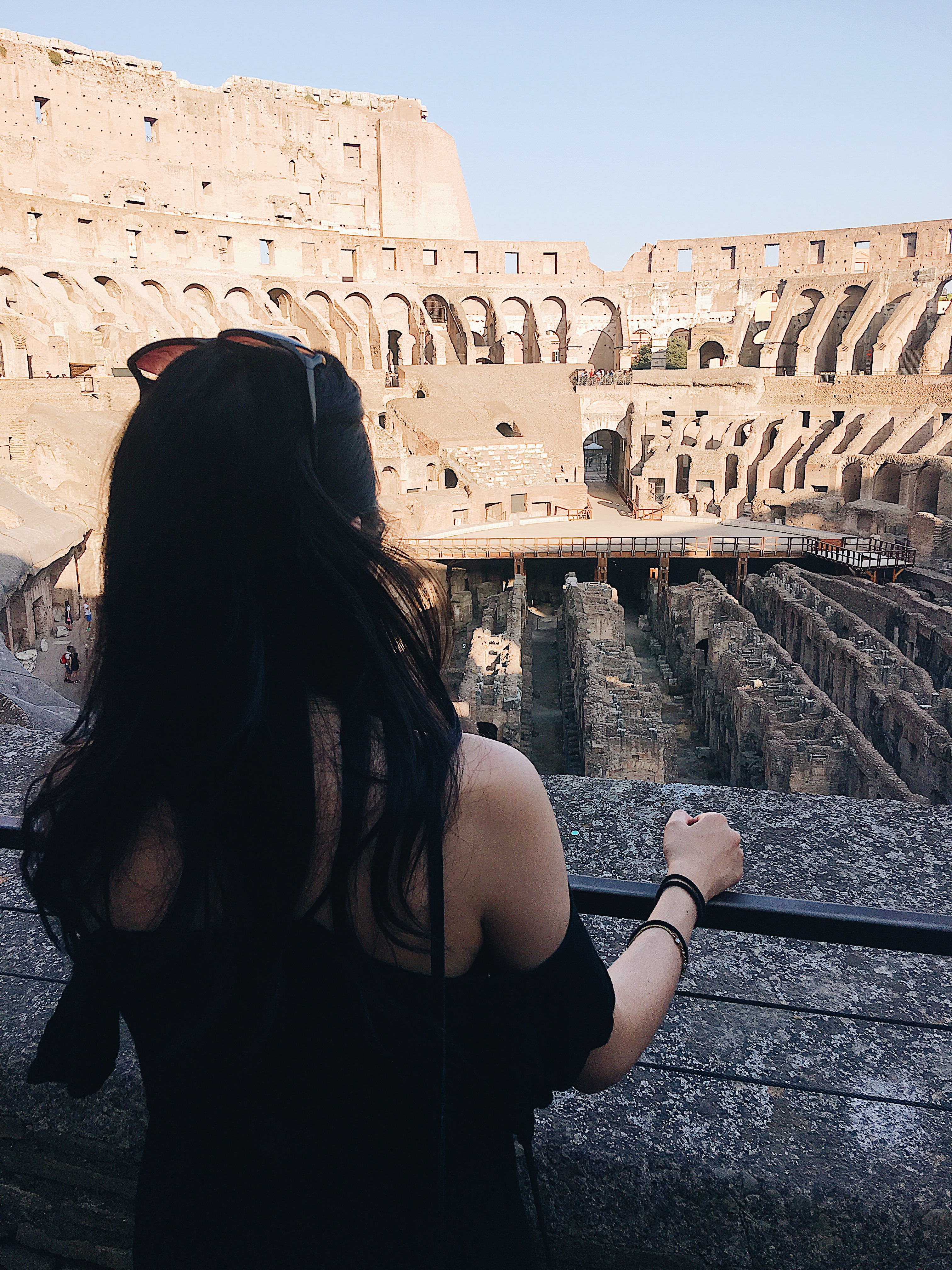
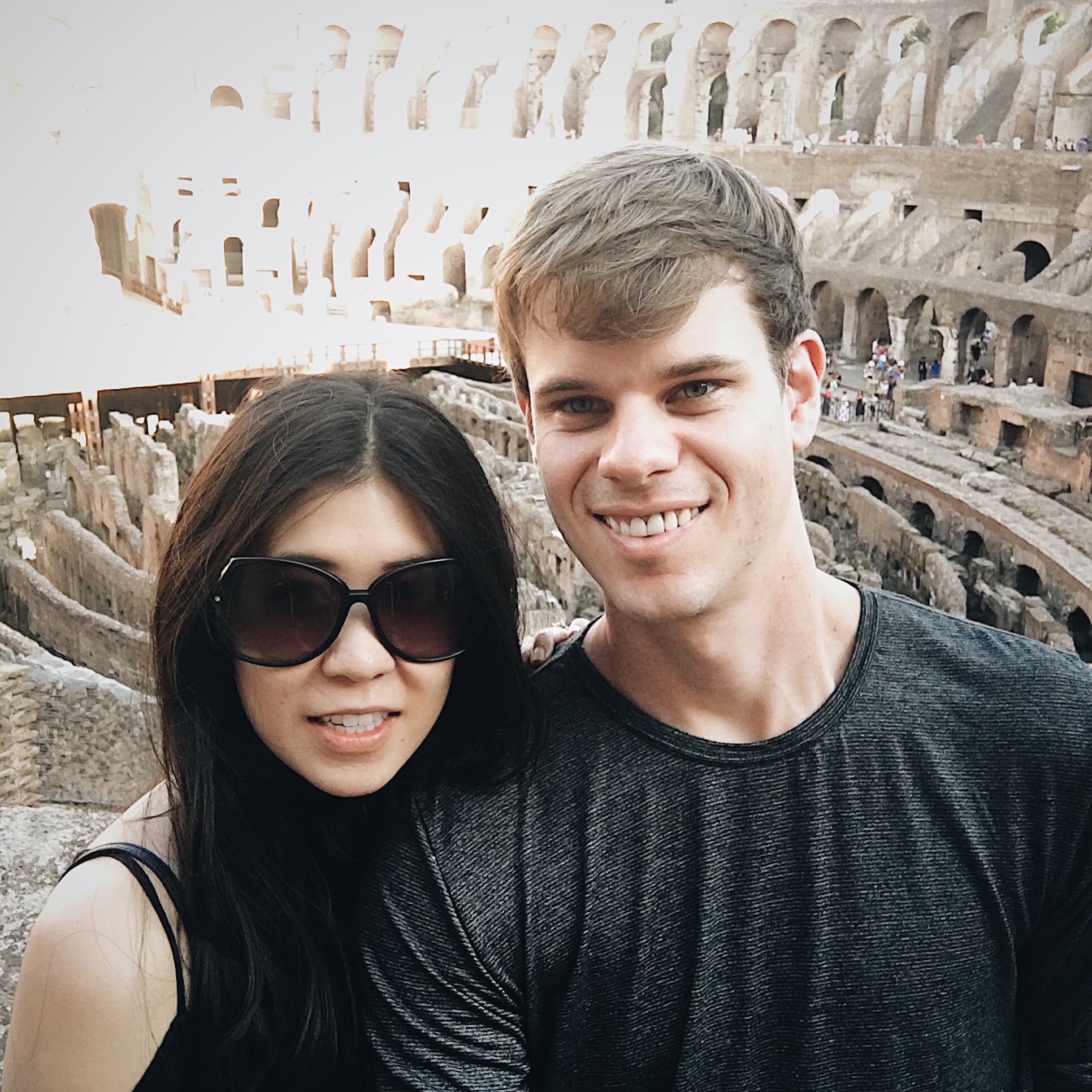
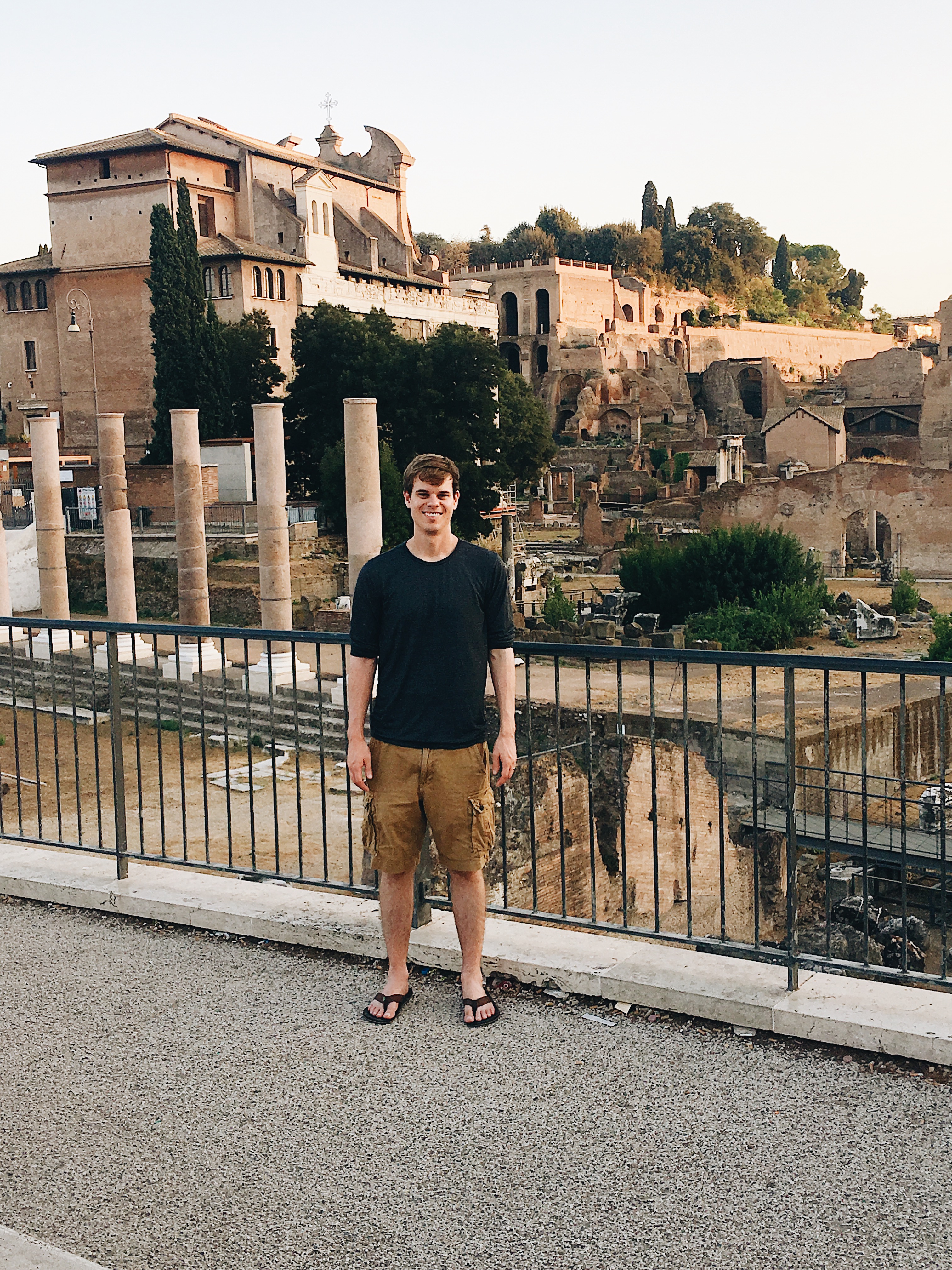
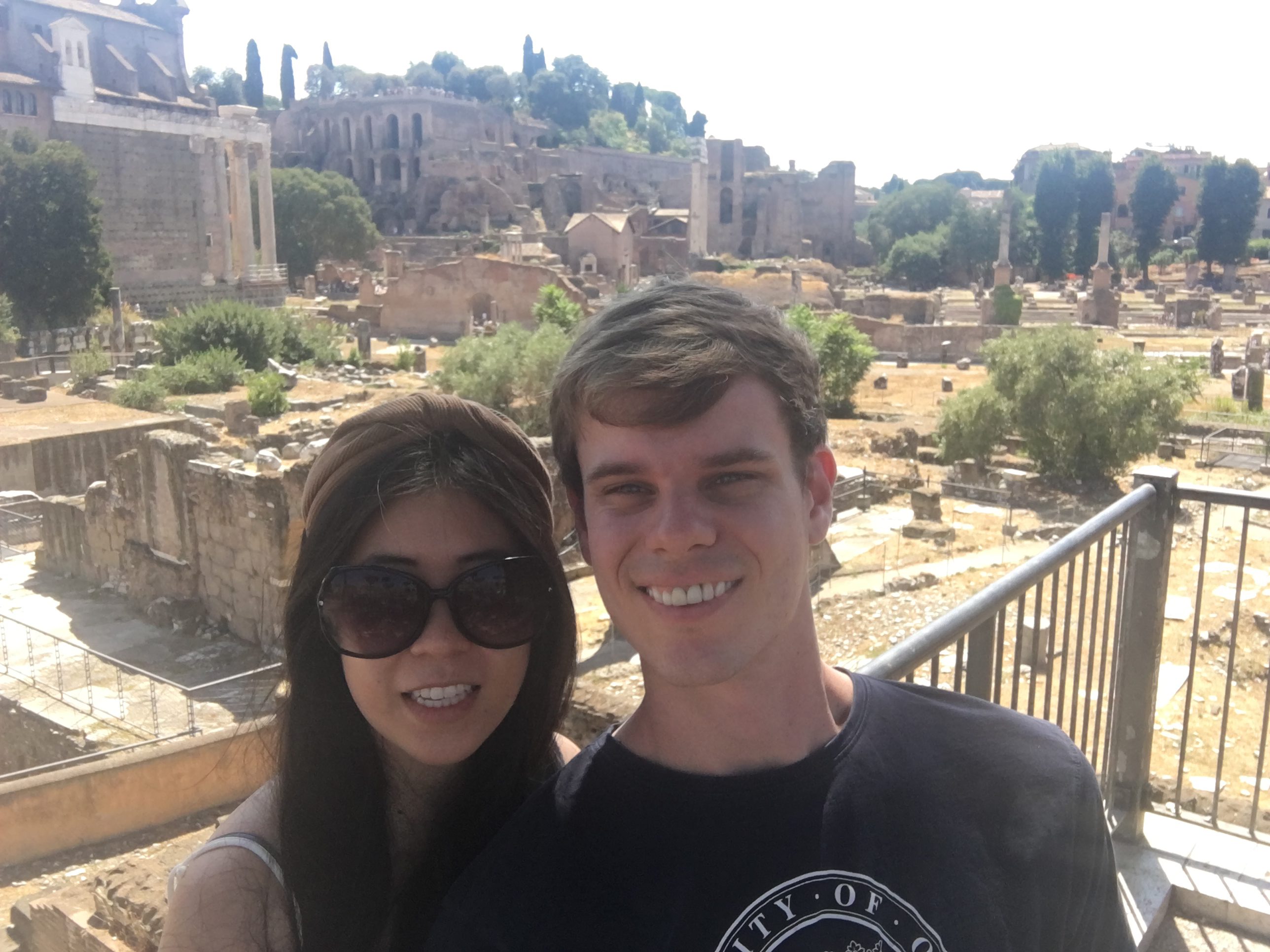
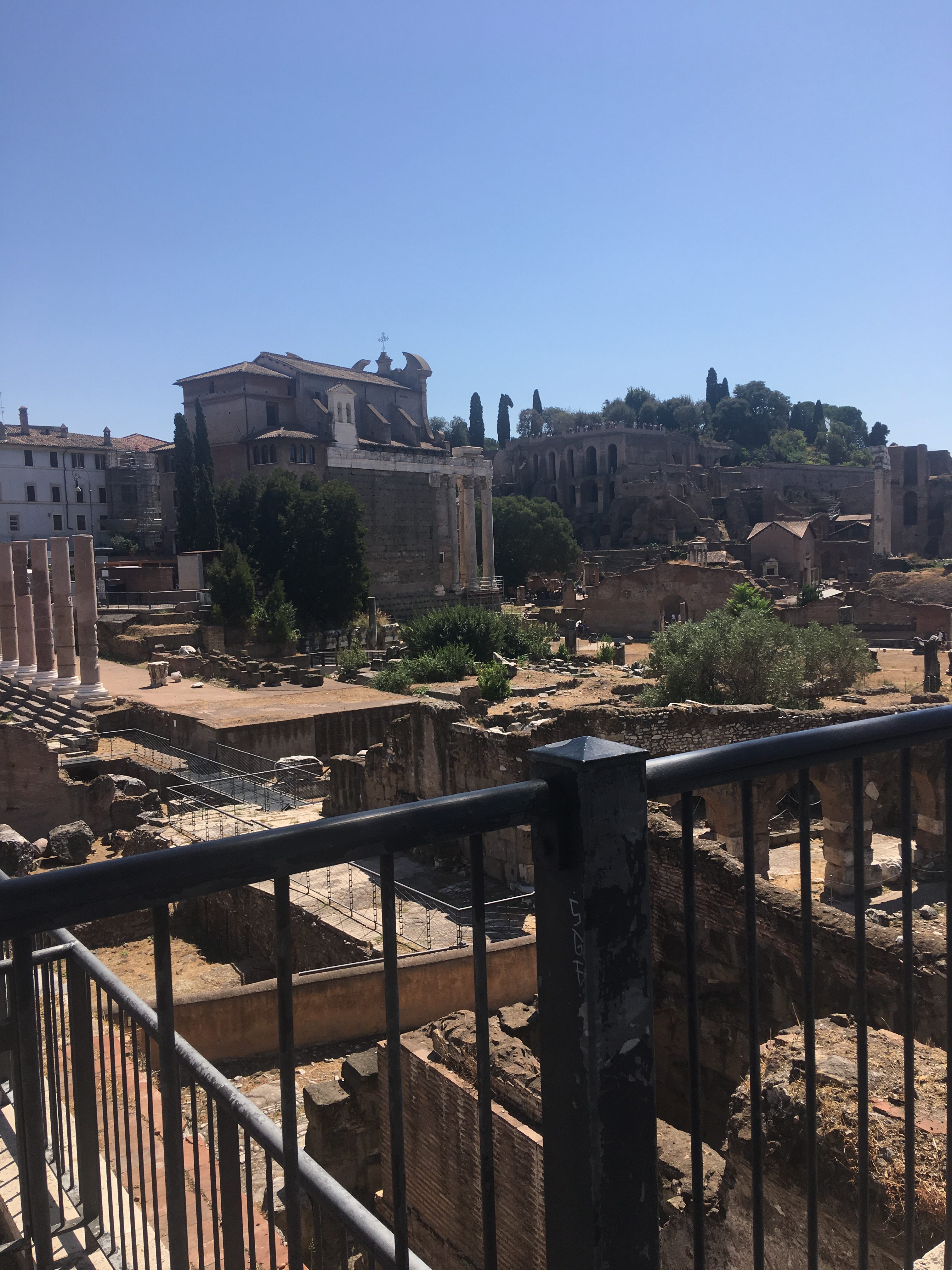
Pantheon
When you walk into the Pantheon (a former Roman temple), know that you’re walking on it’s original marble floor…
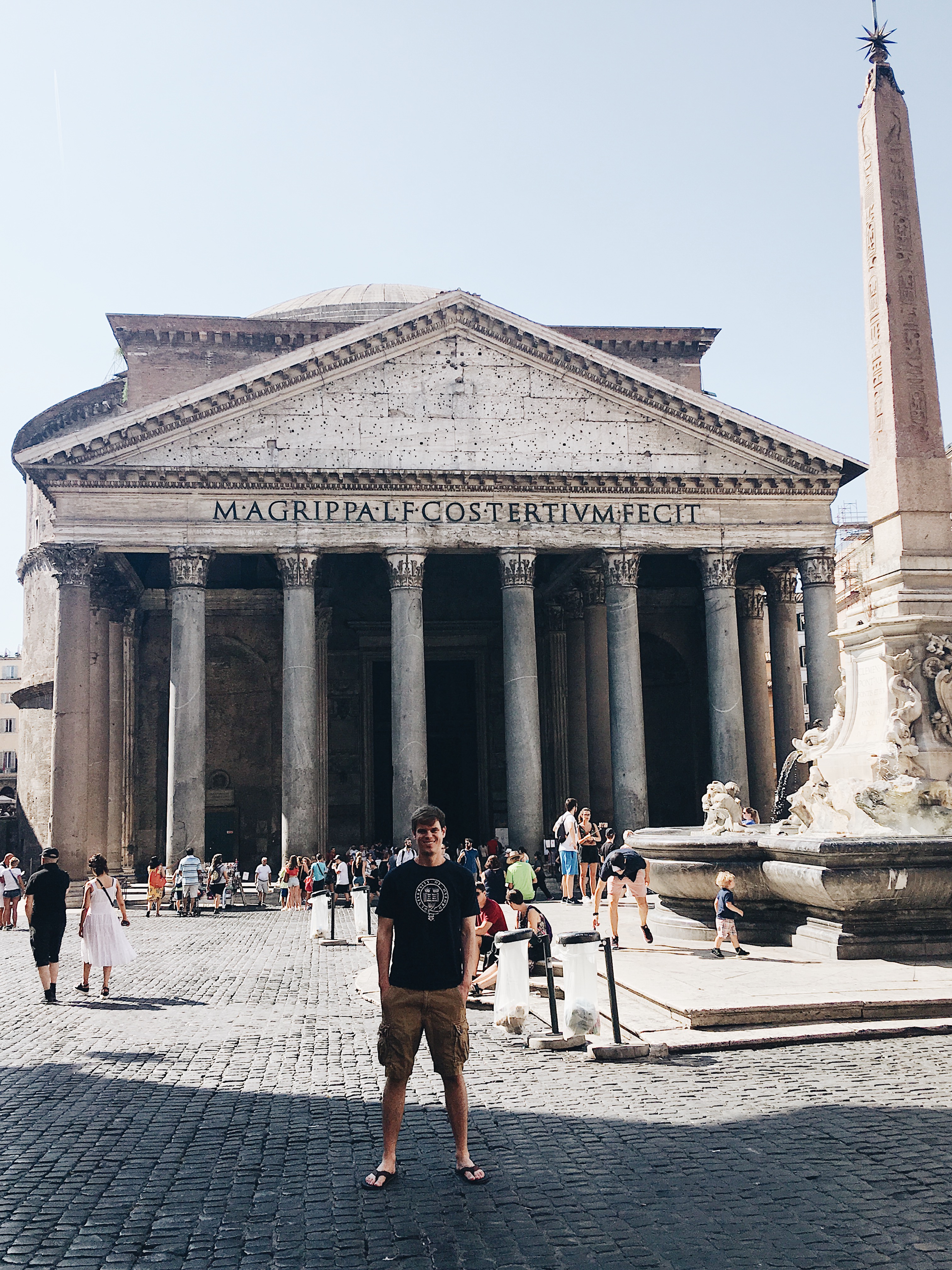
Piazza Navona
Piazza Navona is one of the most beautiful squares in the world. It’s a great place for people watching! You might recognize it from movies such as Eat, Pray, Love and Angels & Demons.
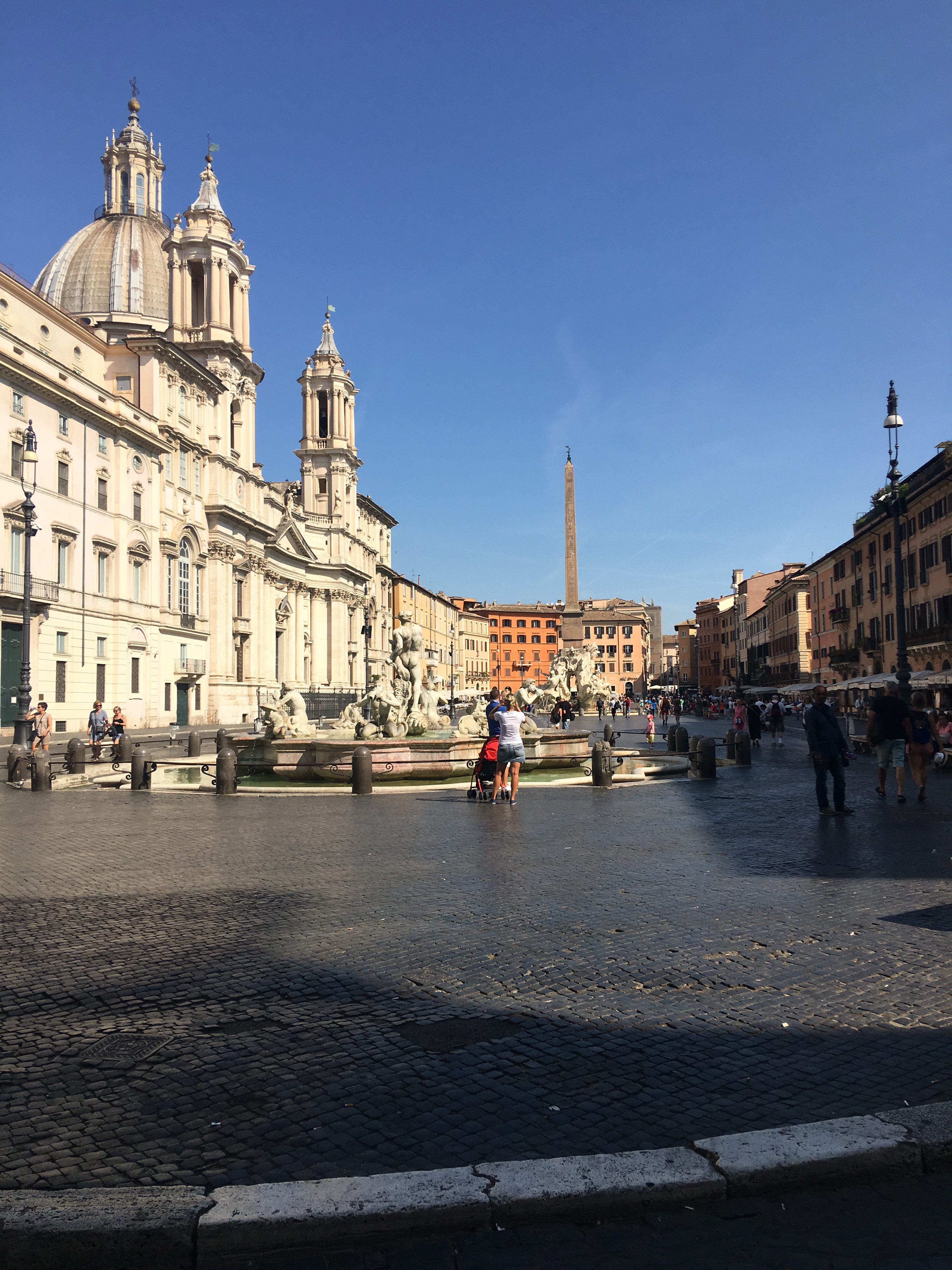
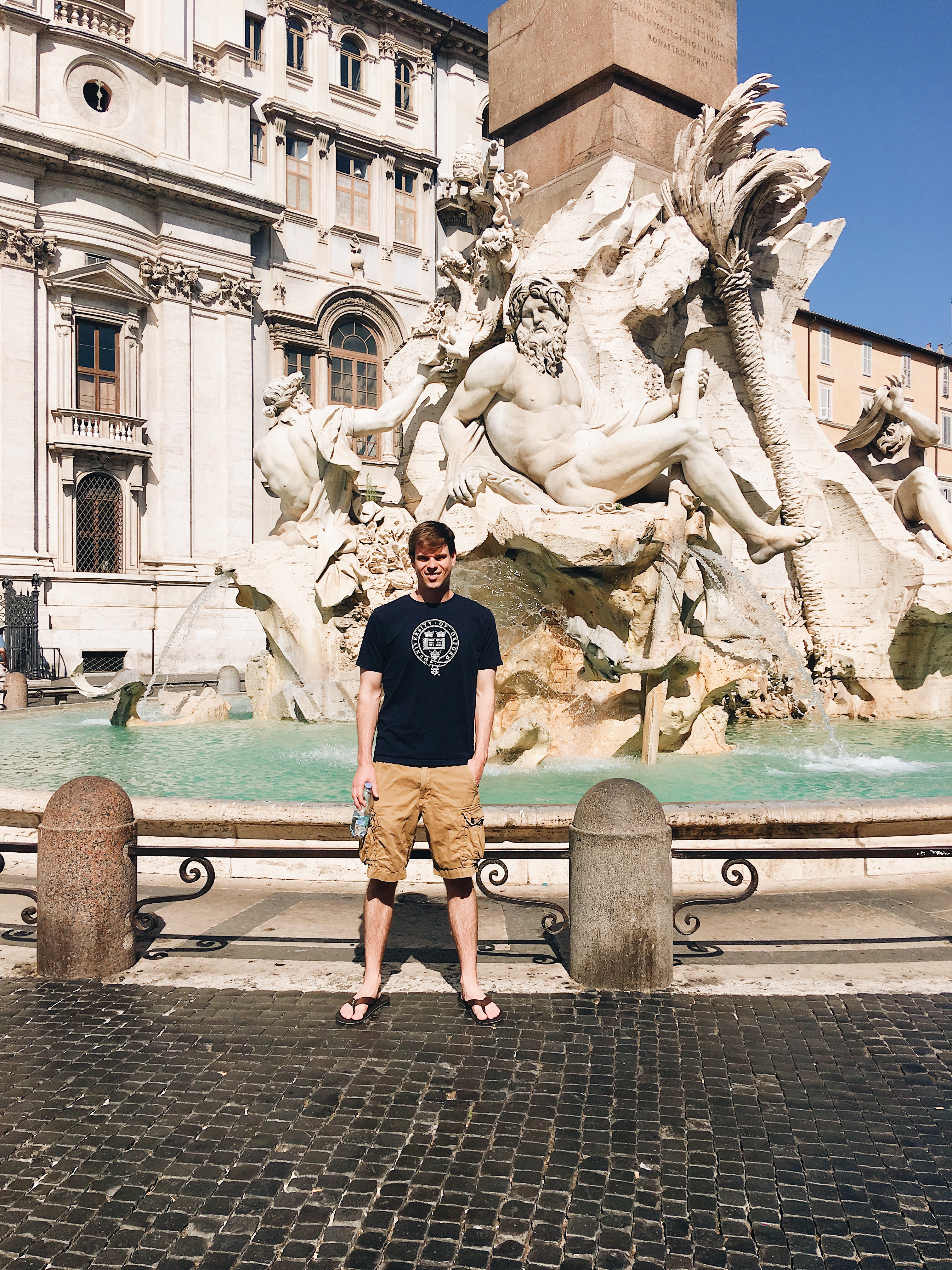
A bit off-the-beaten path
Isola Tiberina
Check out Isola Tiberina, a quiet island refuge from the bustling streets of Rome. Cross Ponte Cestio to get to this area and enjoy incredible views of the Tiber river.

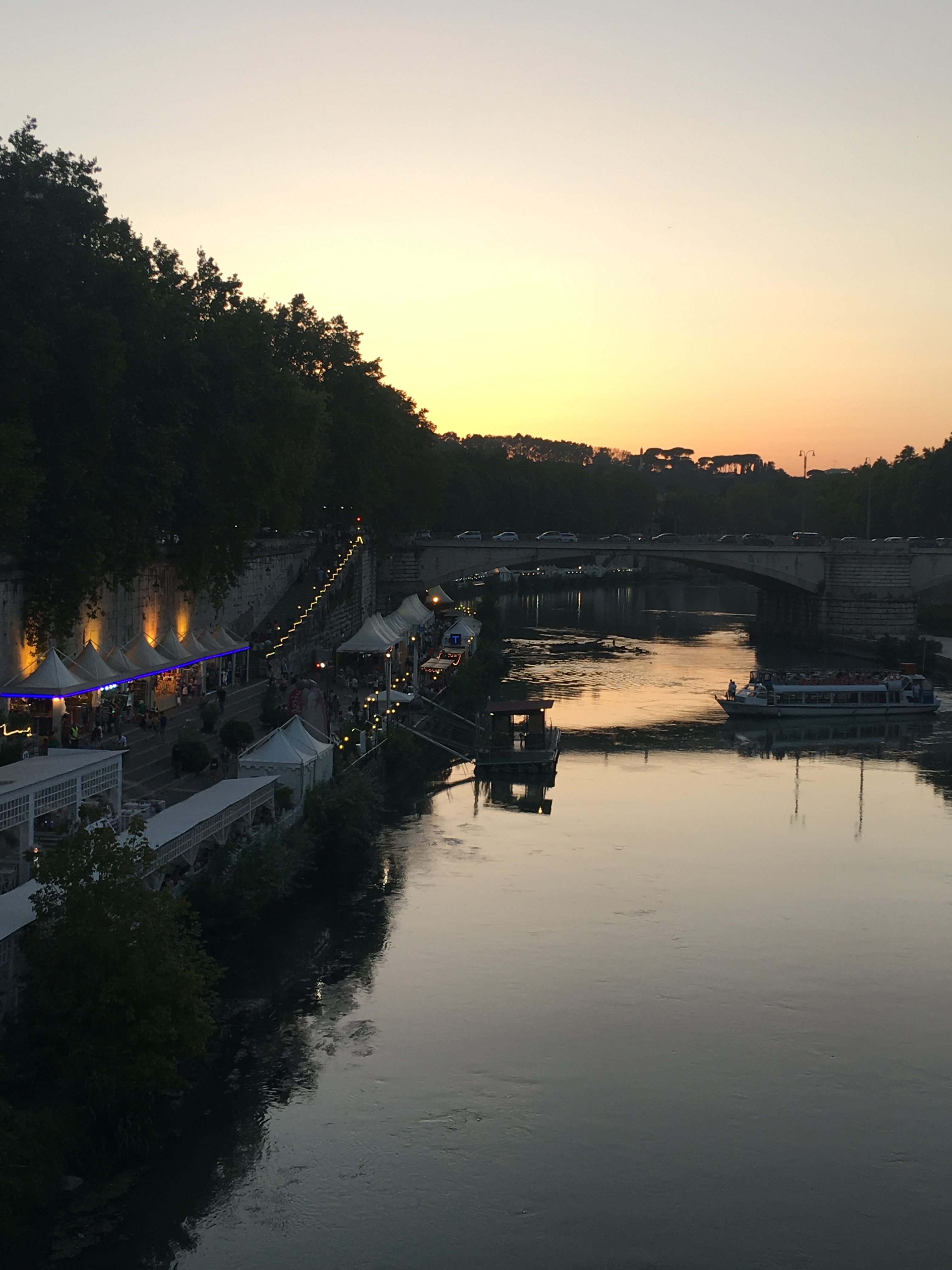
For amazing views of Rome, visit Terrazza del Giancolo, a hill close to Trastevere overlooking the city.
Walk along Ponte Sisto, the oldest bridge in Rome from Campo de Fiori to Trastevere. On Sundays, Trastevere hosts the Porta Portese Flea market where you can buy antiques and all sorts of random goods.

Where to Eat in Rome
Dar Poeta
Dar Poeta on Vicola de Bologna in Trastevere for affordable Roman-styled pizza. It’s always packed and the service isn’t great, but the food is cheap and delicious! The first time I visited Dar Poeta I was in a rush, so couldn’t savor the pizza the way I wanted to. In our most recent visit to Rome, you can bet that my husband and I had a lingering, leisurely lunch (read: several hours) where we laughed over two pizzas, a jug of table wine, and a mind-blowing nutella and ricotta filled calzone.
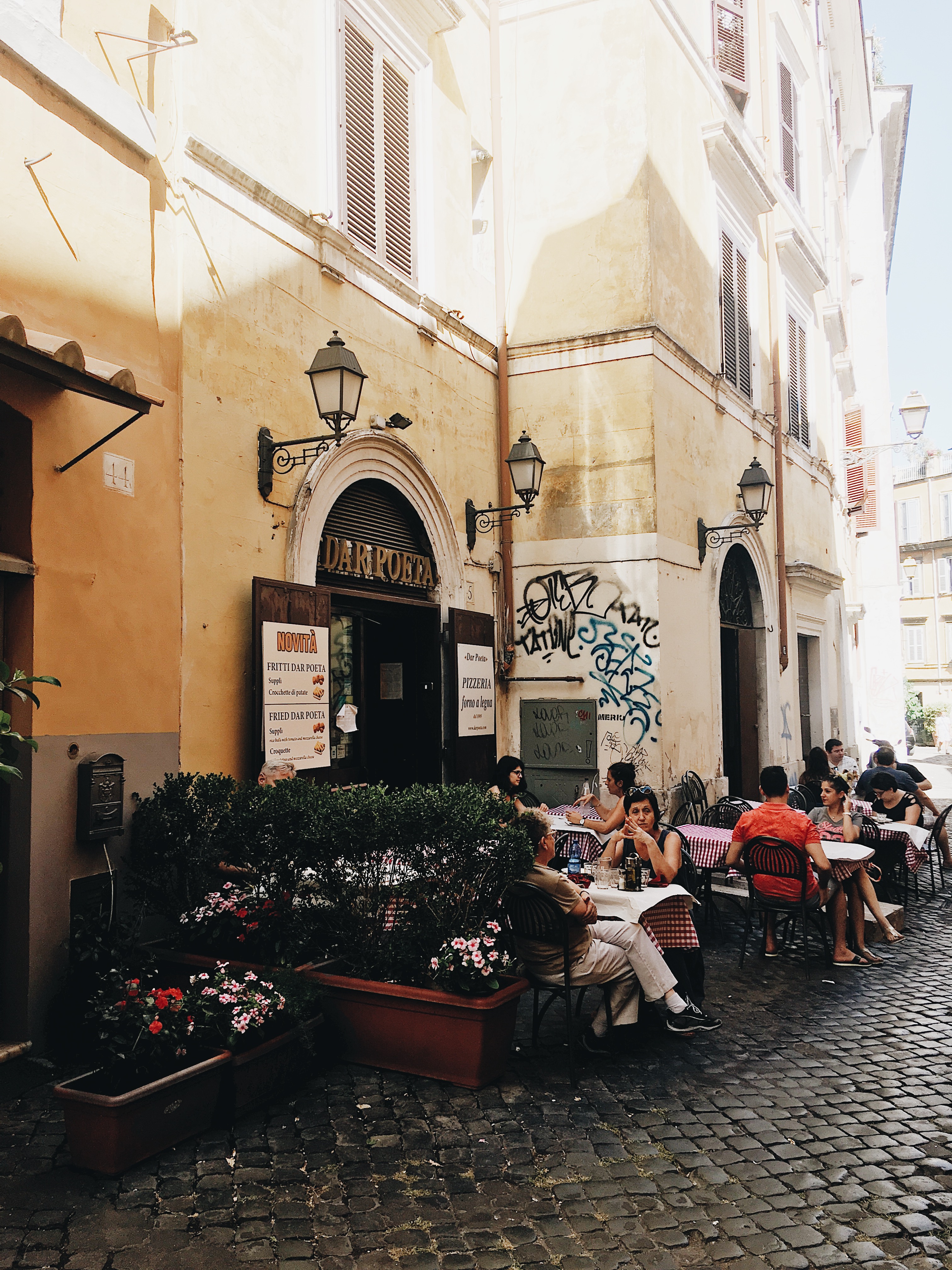

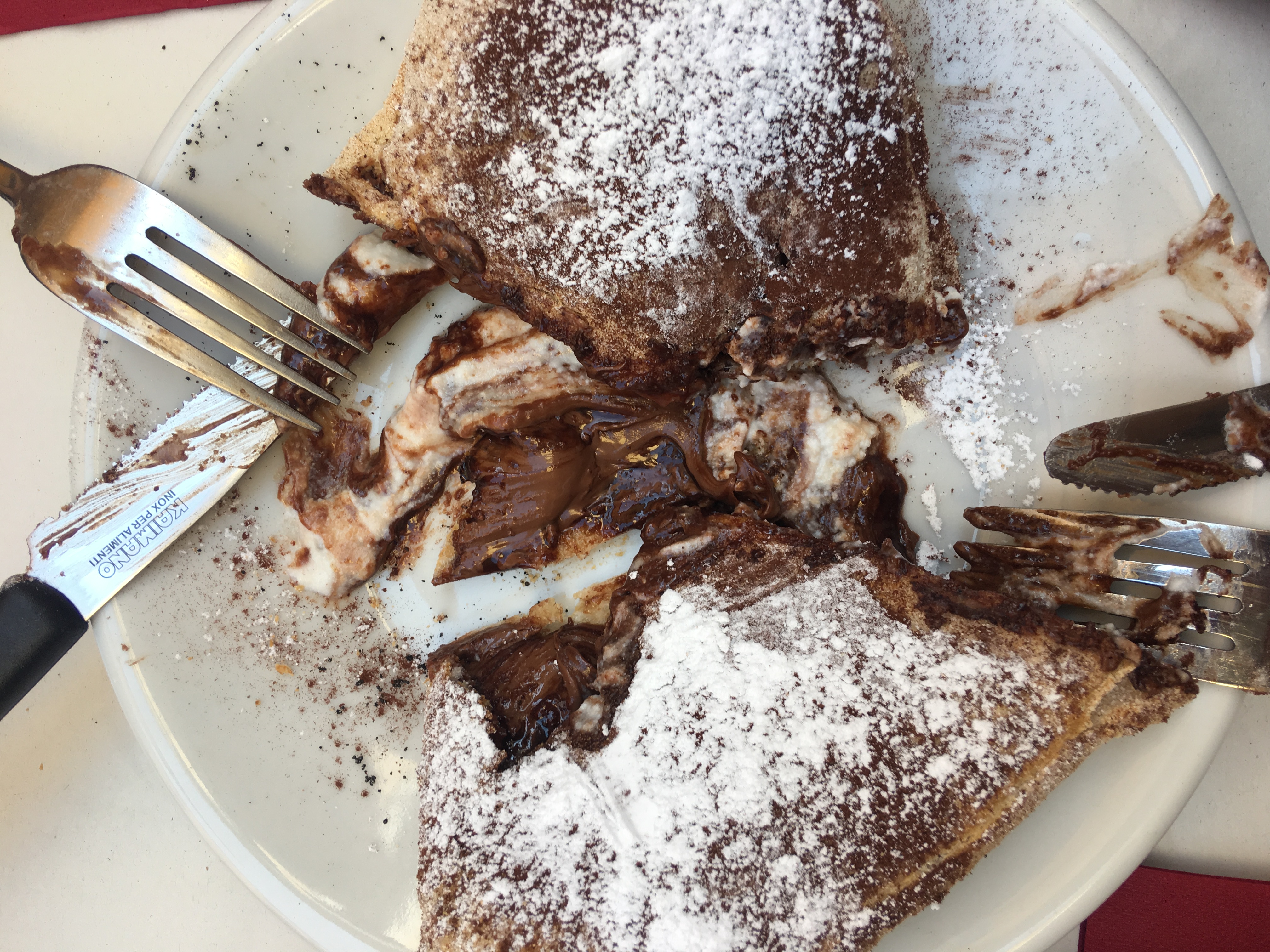
Pane e Salame
Pane e Salame is great for a light lunch or aperitivo of salami boards and/or paninis. It’s located just around the corner from the Trevi Fountain. Despite being in a hugely tourist area, it’s actually a hidden gem filled with locals.
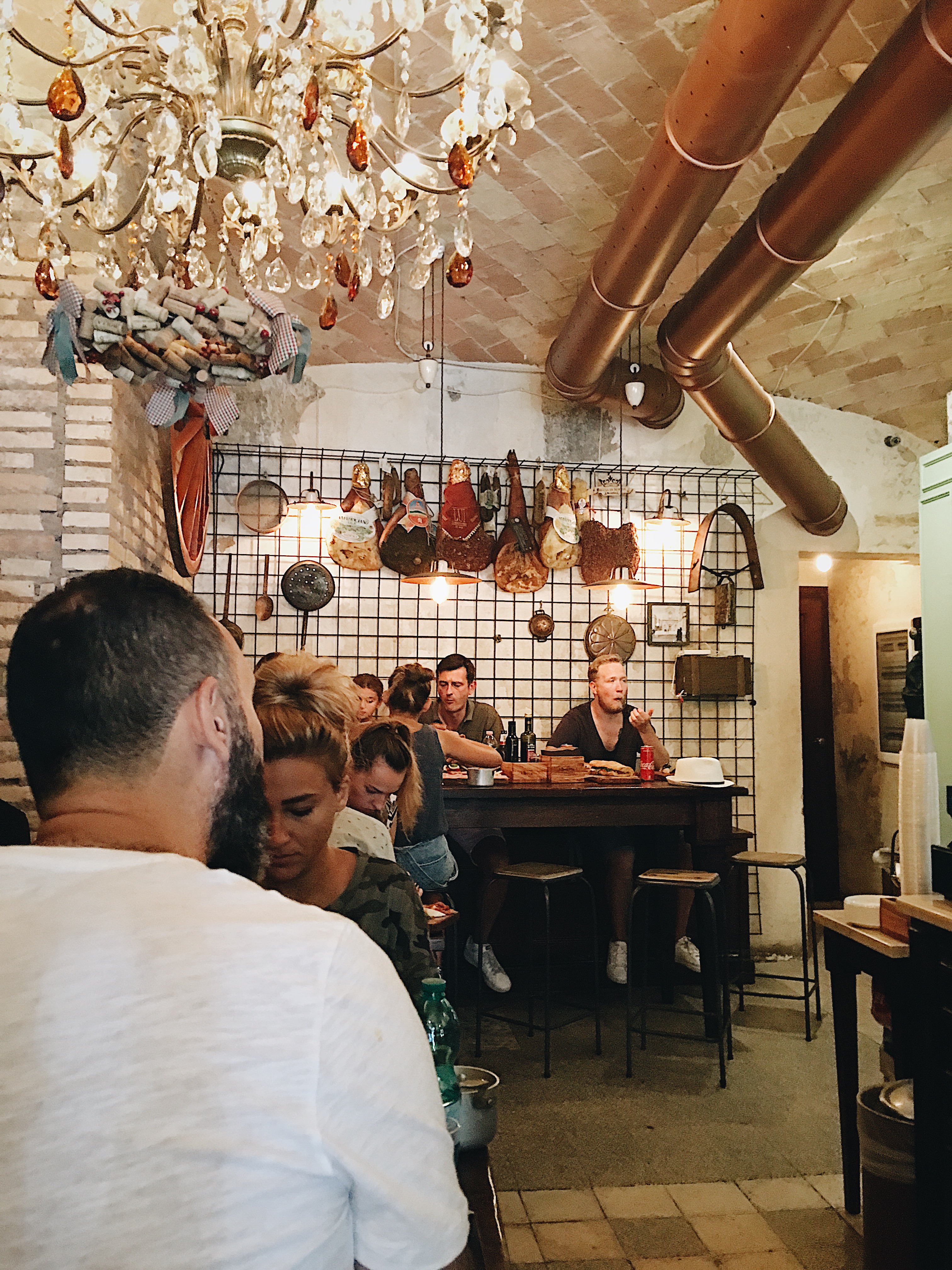

Tonarello
You can’t go to Rome and not have Cacio e Pepe (cheese and pepper pasta). Tonarello in Trastevere has fantastic handmade pasta. It’s very popular (especially if you go for dinner around 8pm) but they’ve got the queue system down so the line moves quickly.

Dilla
For traditional Roman cuisine, visit Dillà Ristorante. This restaurant is conveniently located near the Spanish Steps (though tucked down a little alleyway away from the crowds). You can find better pasta elsewhere, but the meatballs in pistachio sauce and minted fried zucchini are standout dishes.
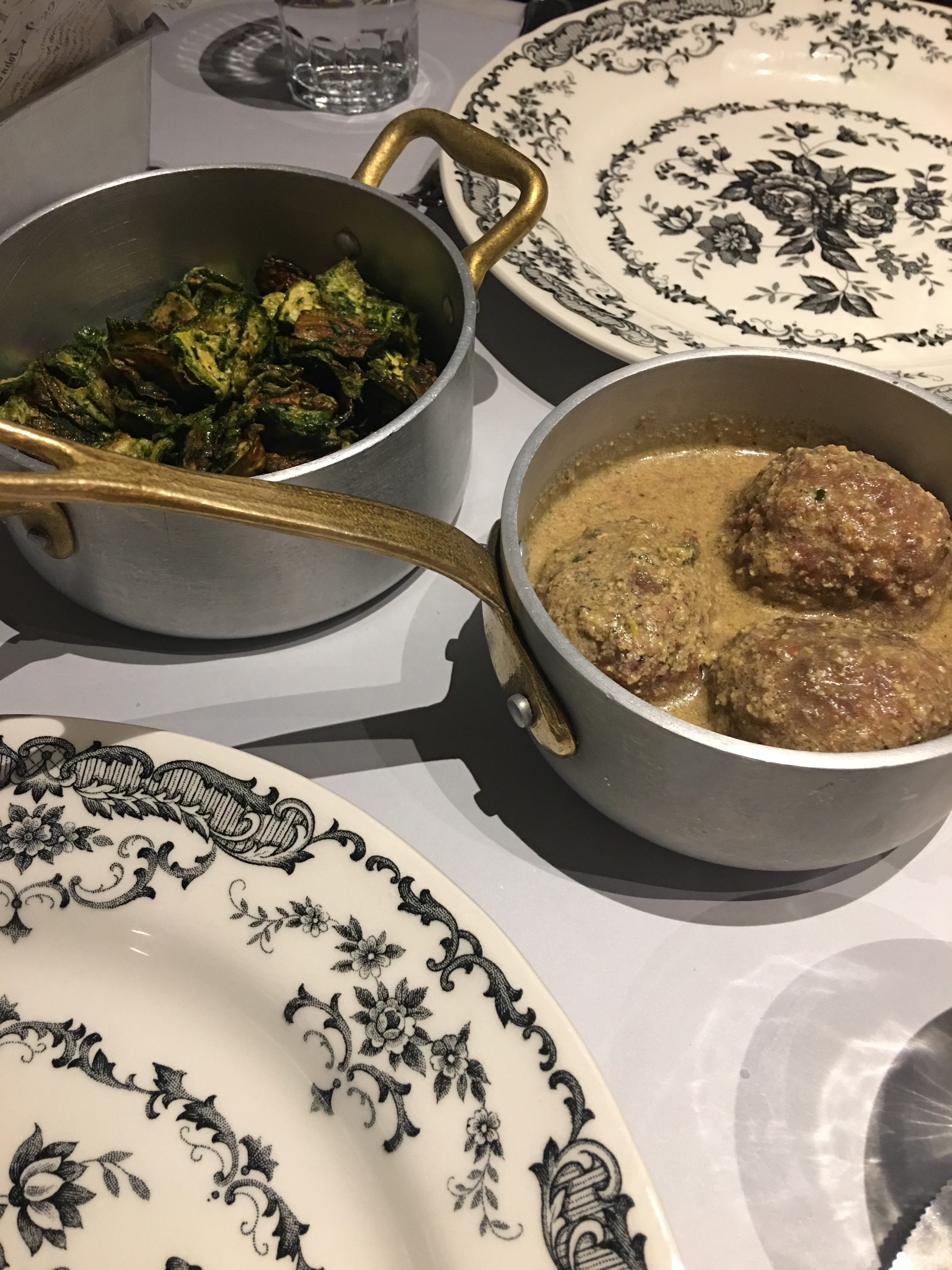
For Aperitvo, I hear Freni e Frizioni is great. I have yet to go, but it’s on my list for next time!
Last but not least, my favorite gelato spots include Gelateria del Teatro (just a hop-and-skip away from Piazza Navona) and Giolitti.
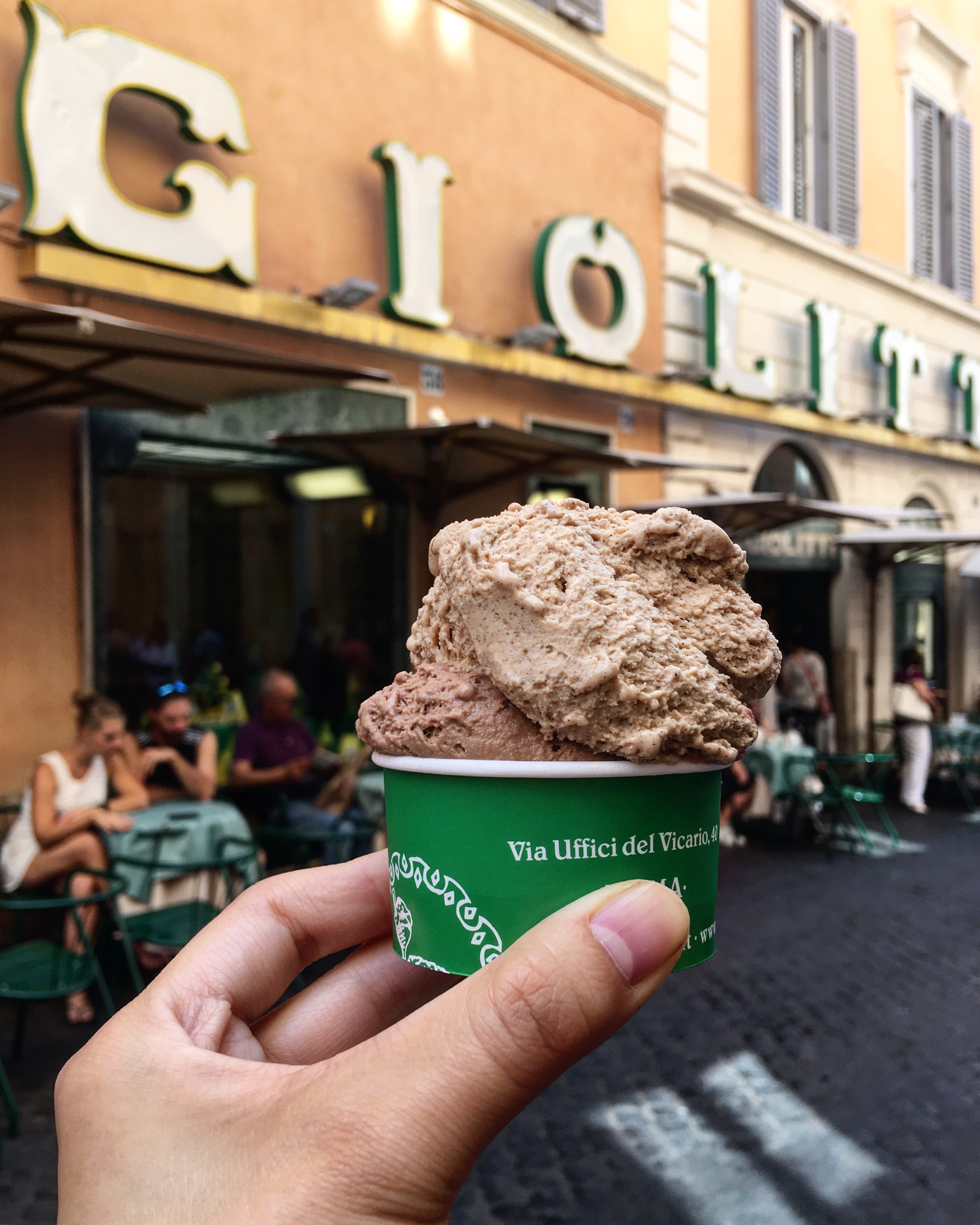
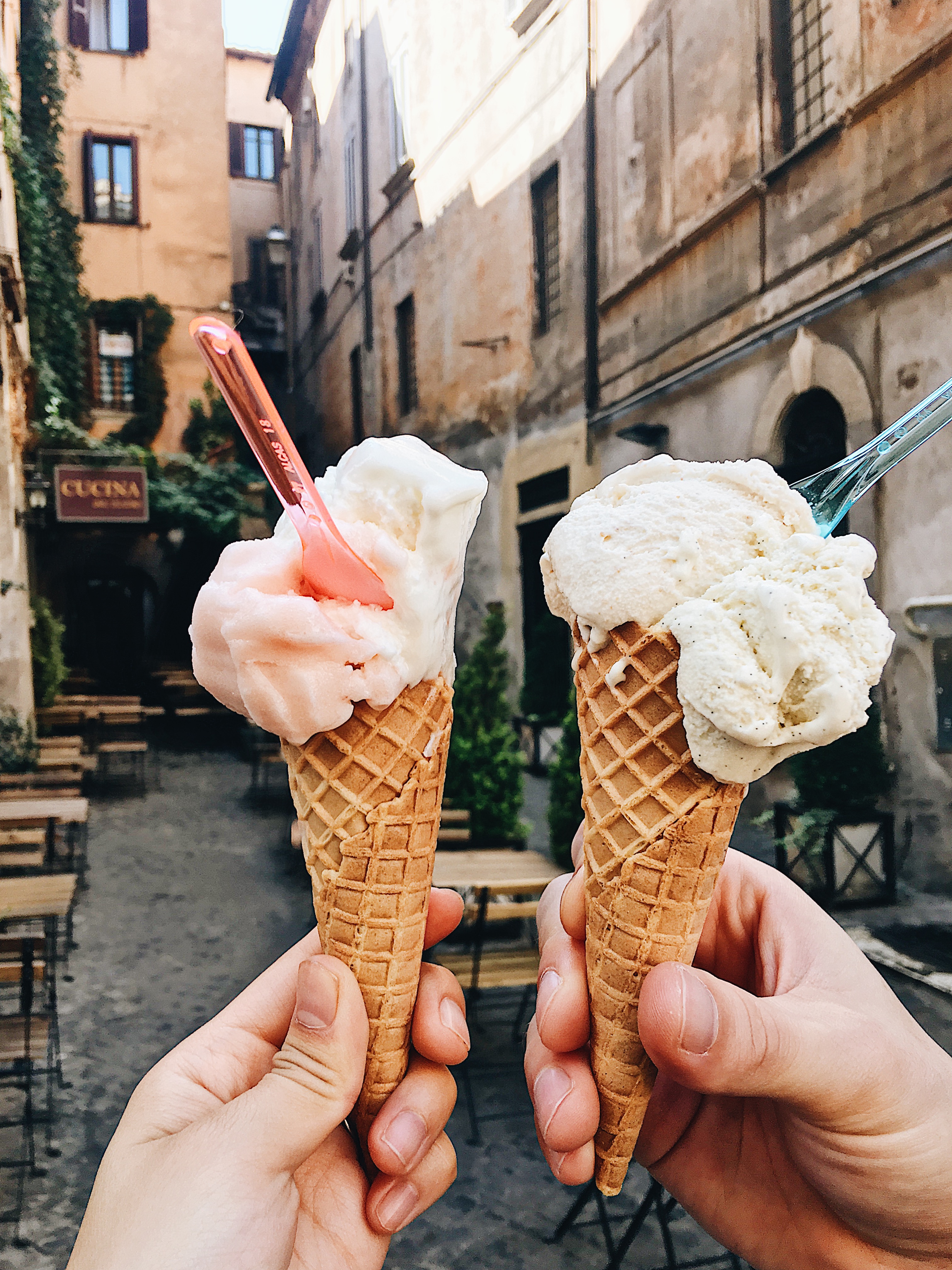
Other things to know
The Vatican Museum is free on the last Sunday of every month. Our recent Rome visit happened to fall on this weekend, so we took advantage of it. Most people would tell you stay away…but honestly, if you prepare (e.g. do some research, know what you want to see!) and go early, it’s totally manageable!
Rome has 6 tram lines, the most popular lines are Tram 3 and Tram 8. If you’re staying in Trastevere, you can take Tram 8 to the Historic Center. You need to buy tickets in advance (you can get them from any convenient shop). To avoid a fine, make sure to validate your ticket when boarding the tram.
Don’t take a rose from anyone on the street. You WILL get offered one, and they WILL be very aggressive about it. Just ignore them and walk away, otherwise, be prepared to pay for it.
Pick-pocketing is real, but as long as you pay attention to your belongings, you’ll be totally fine.
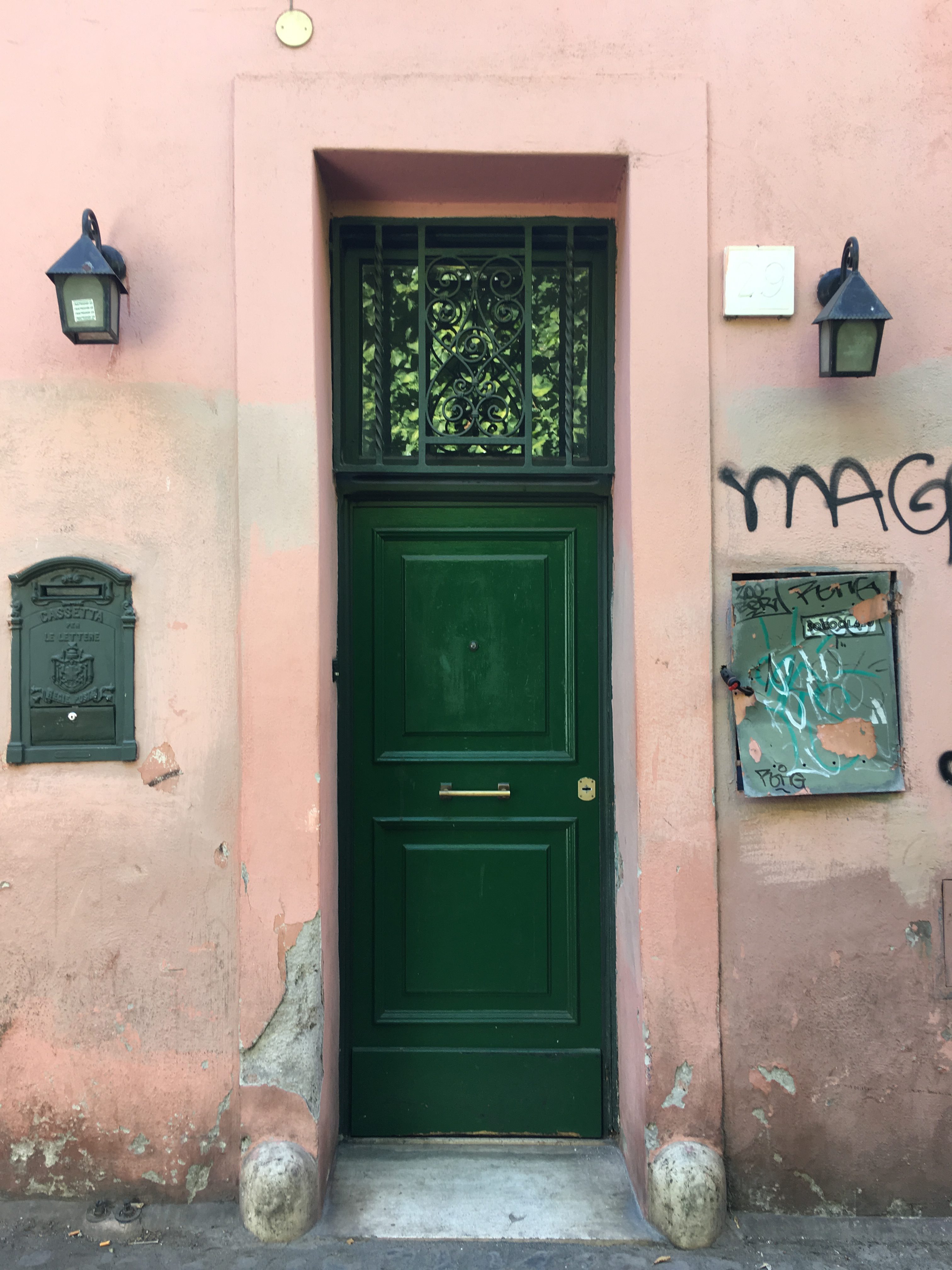
Related Post: Venice: A Photo Diary
Want more details or need help planning a visit to Rome? Sign-up for my e-mail list or shoot me a comment/question below!

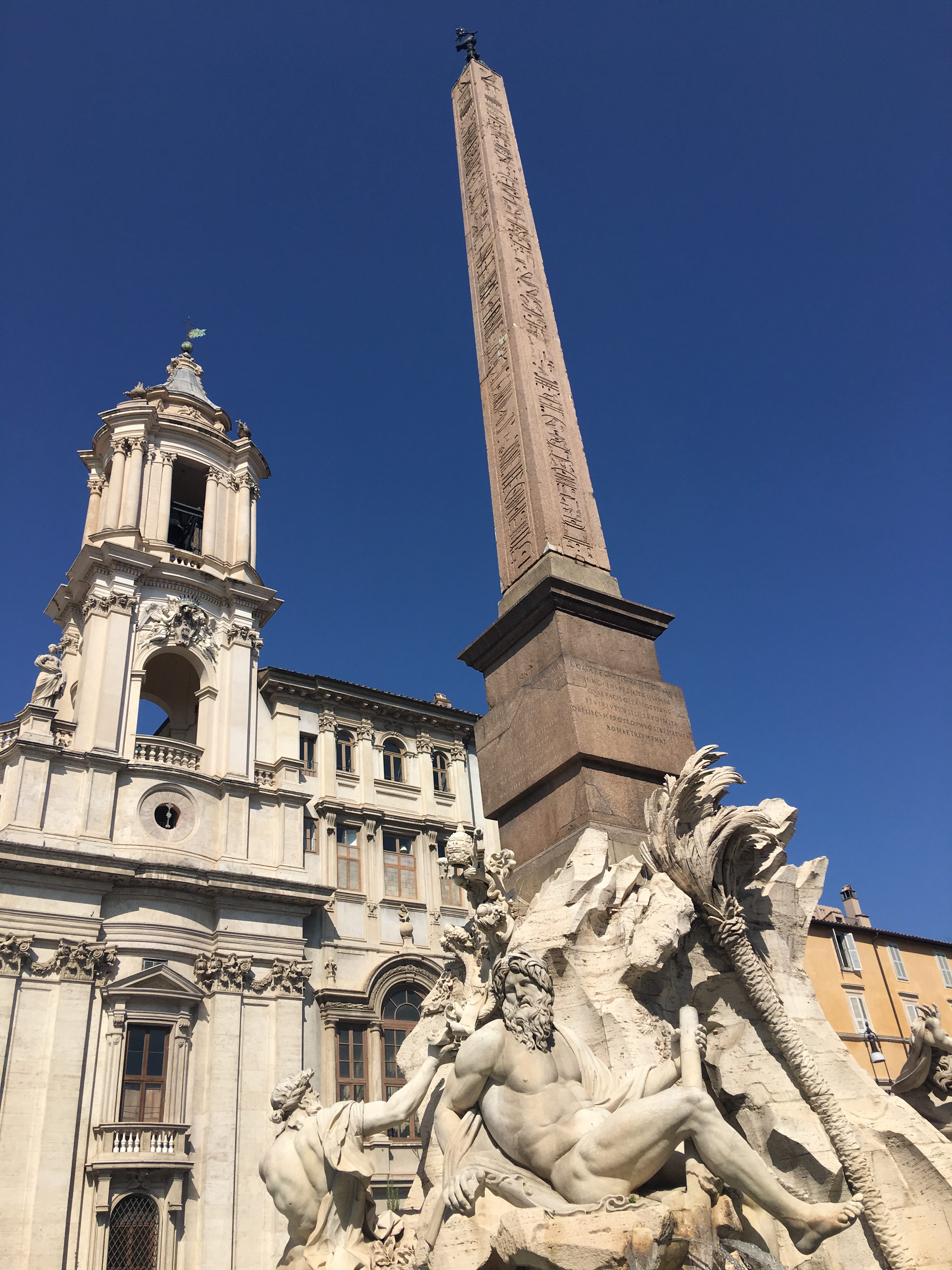
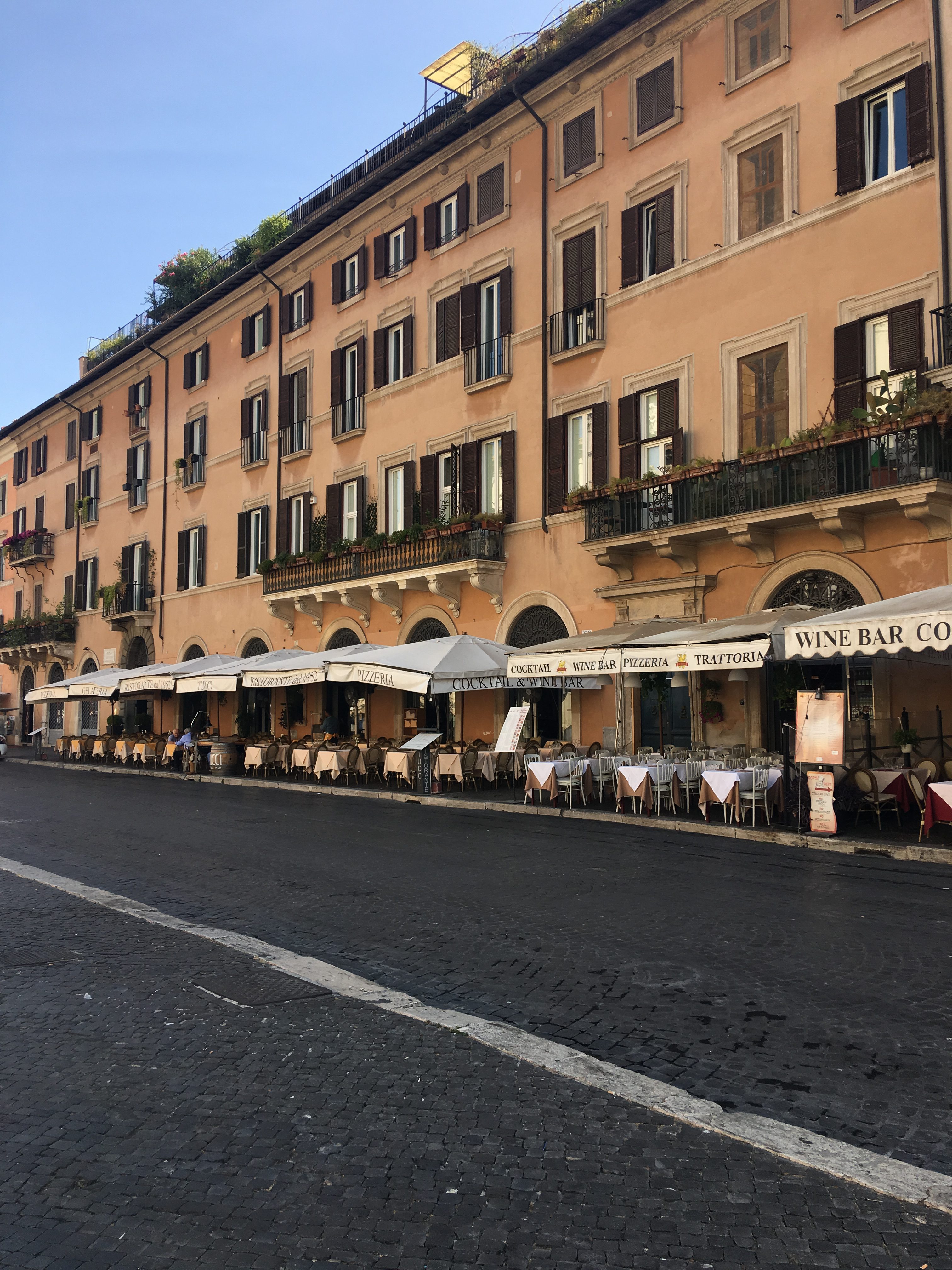
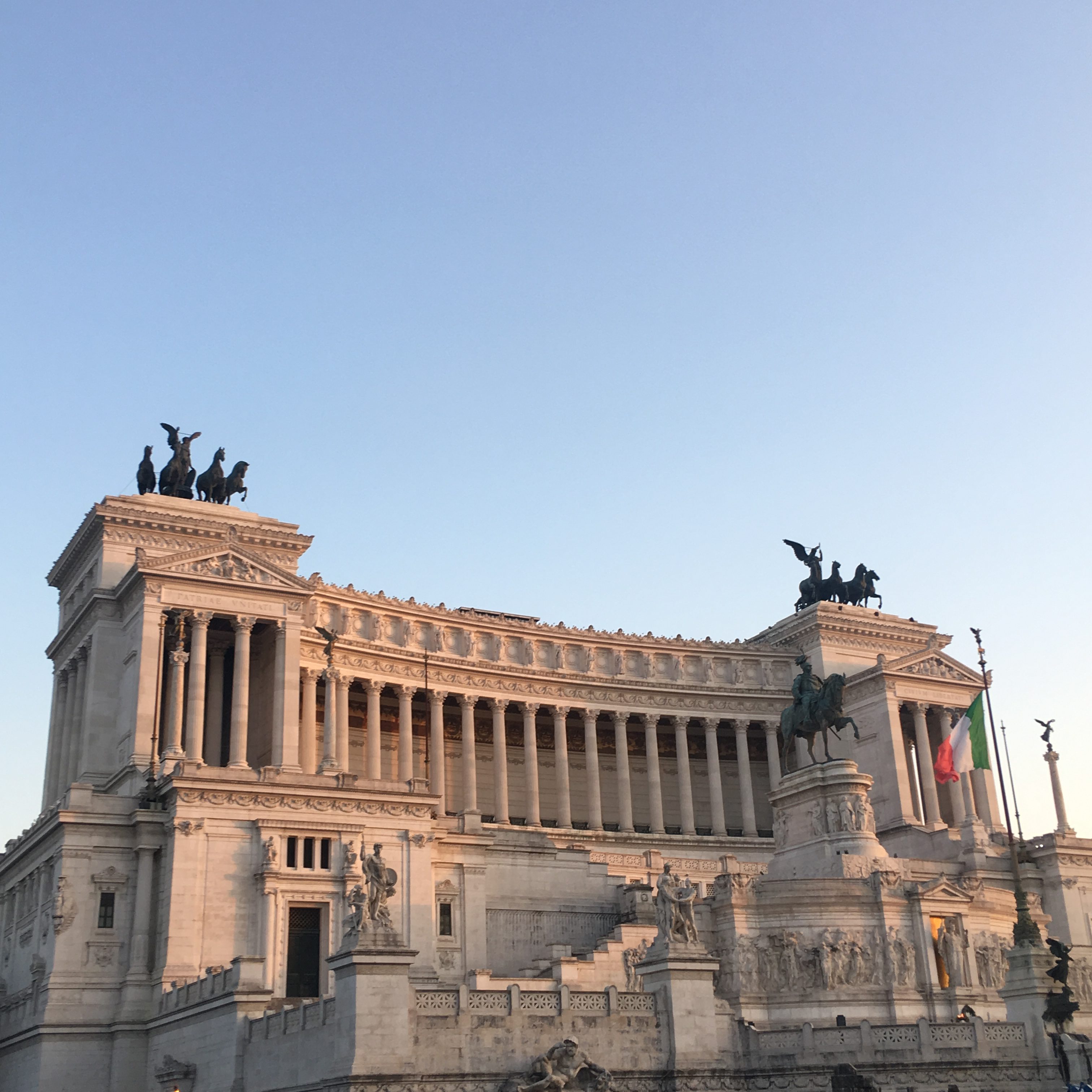
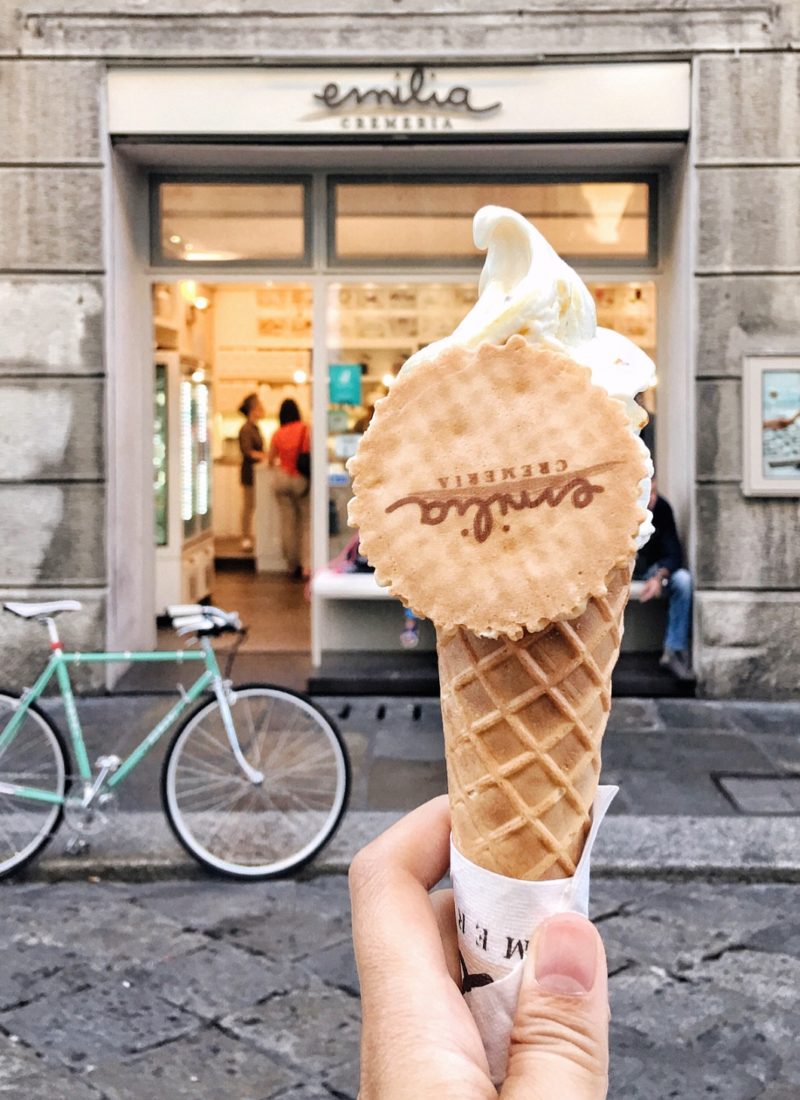
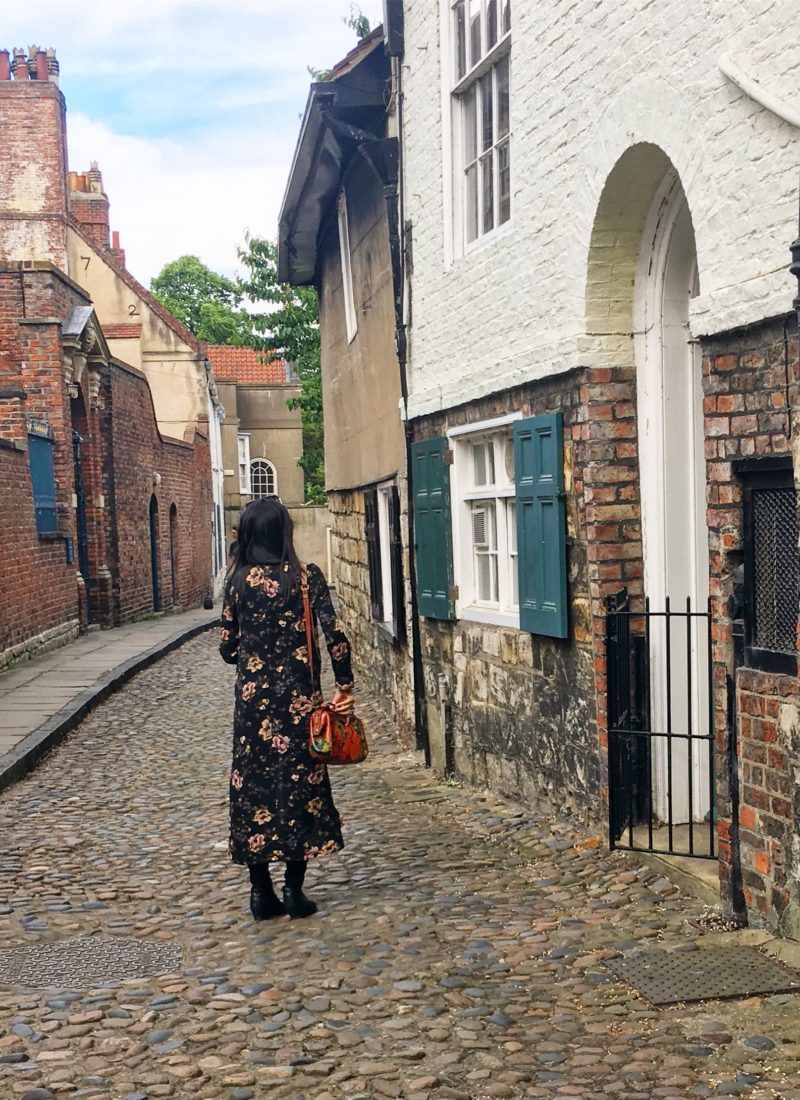
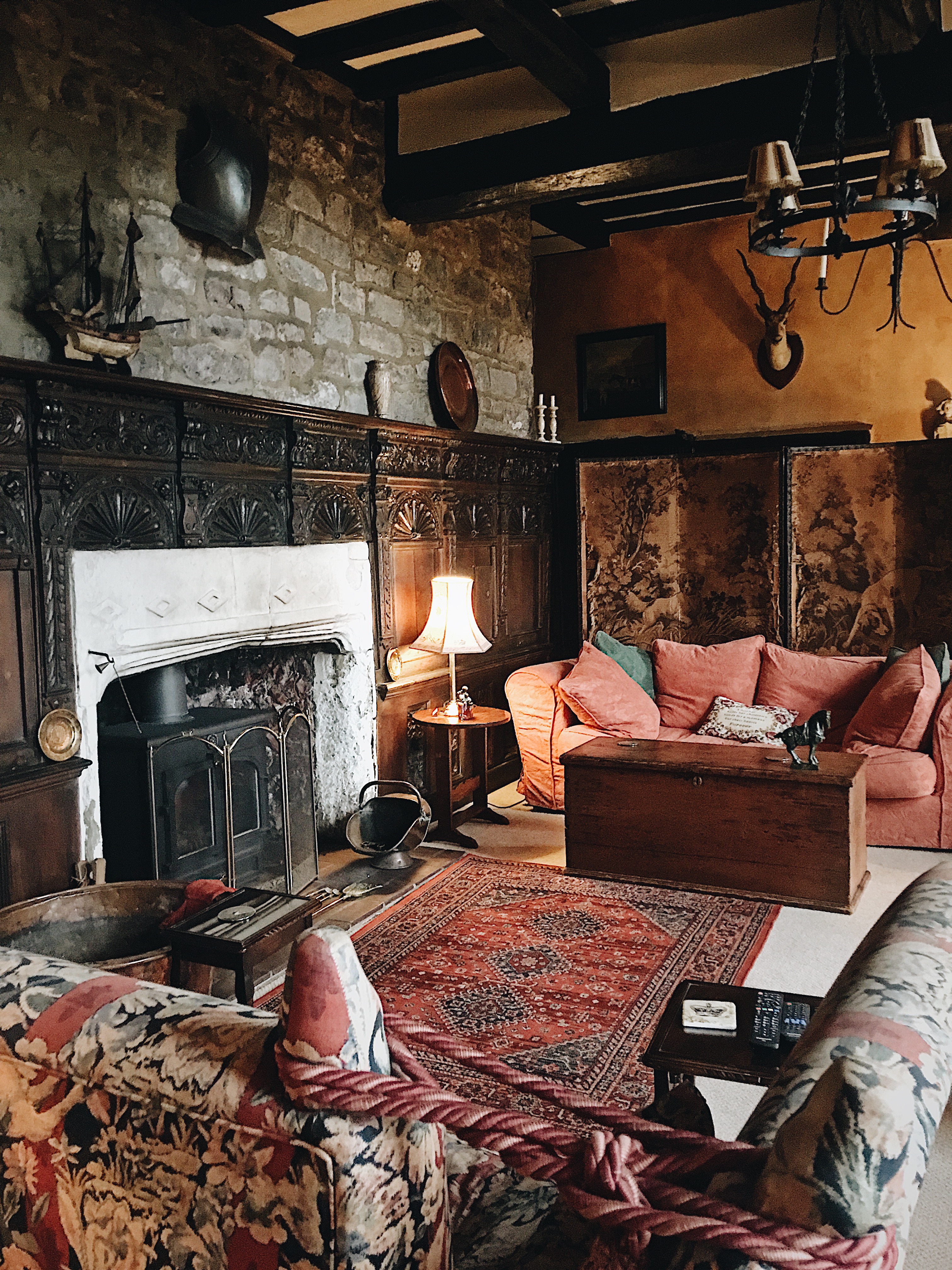

Leave a Reply